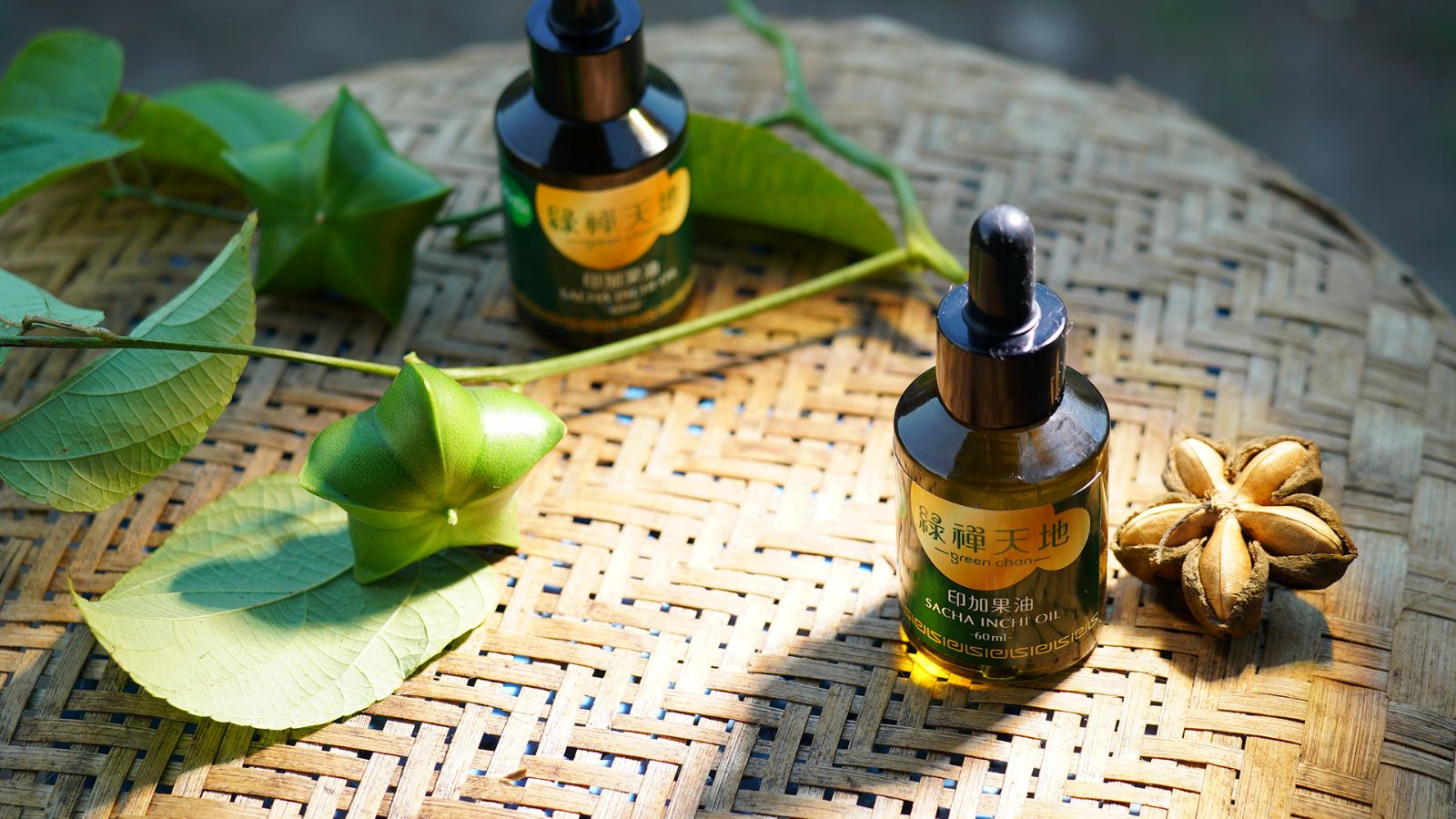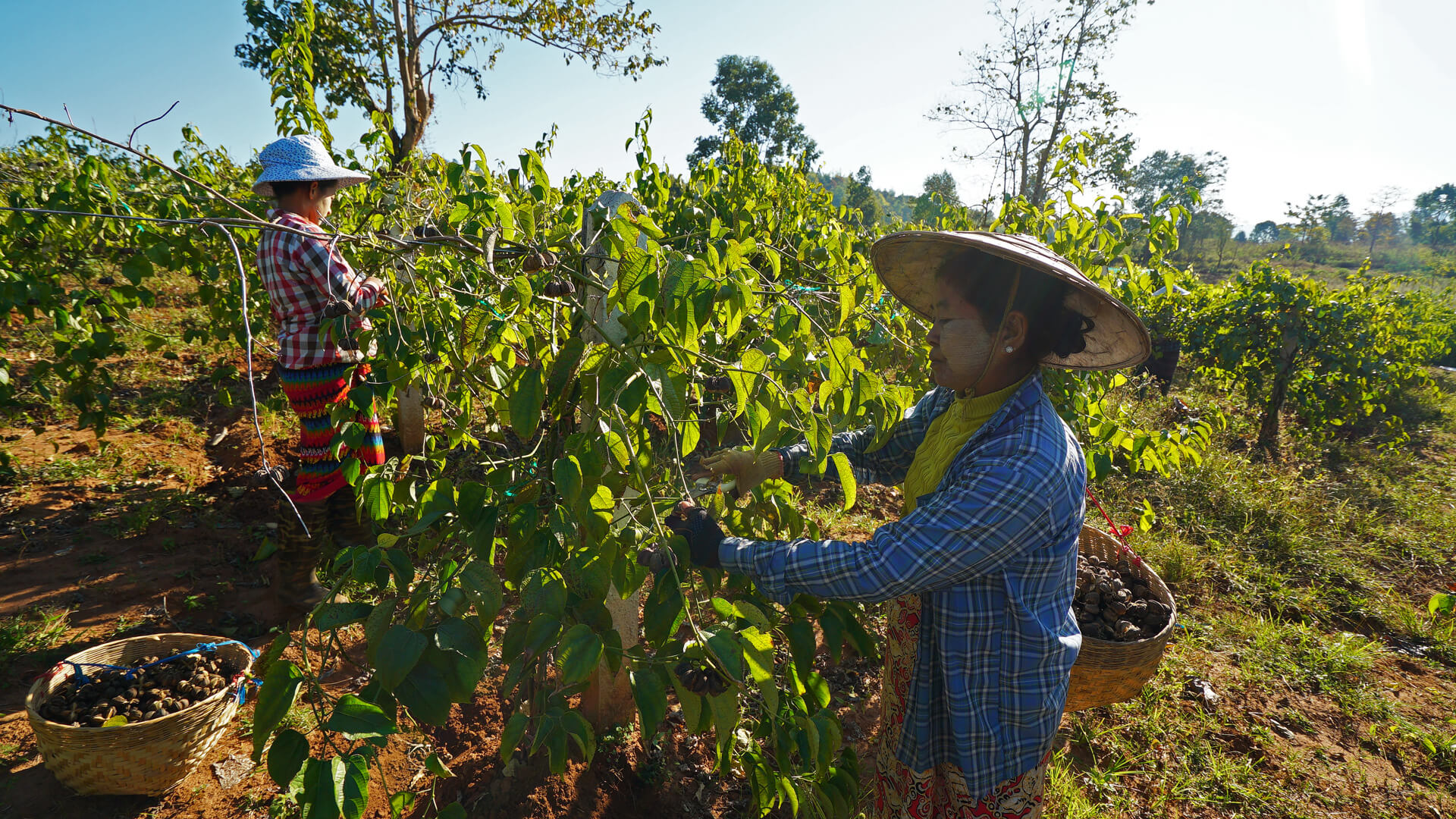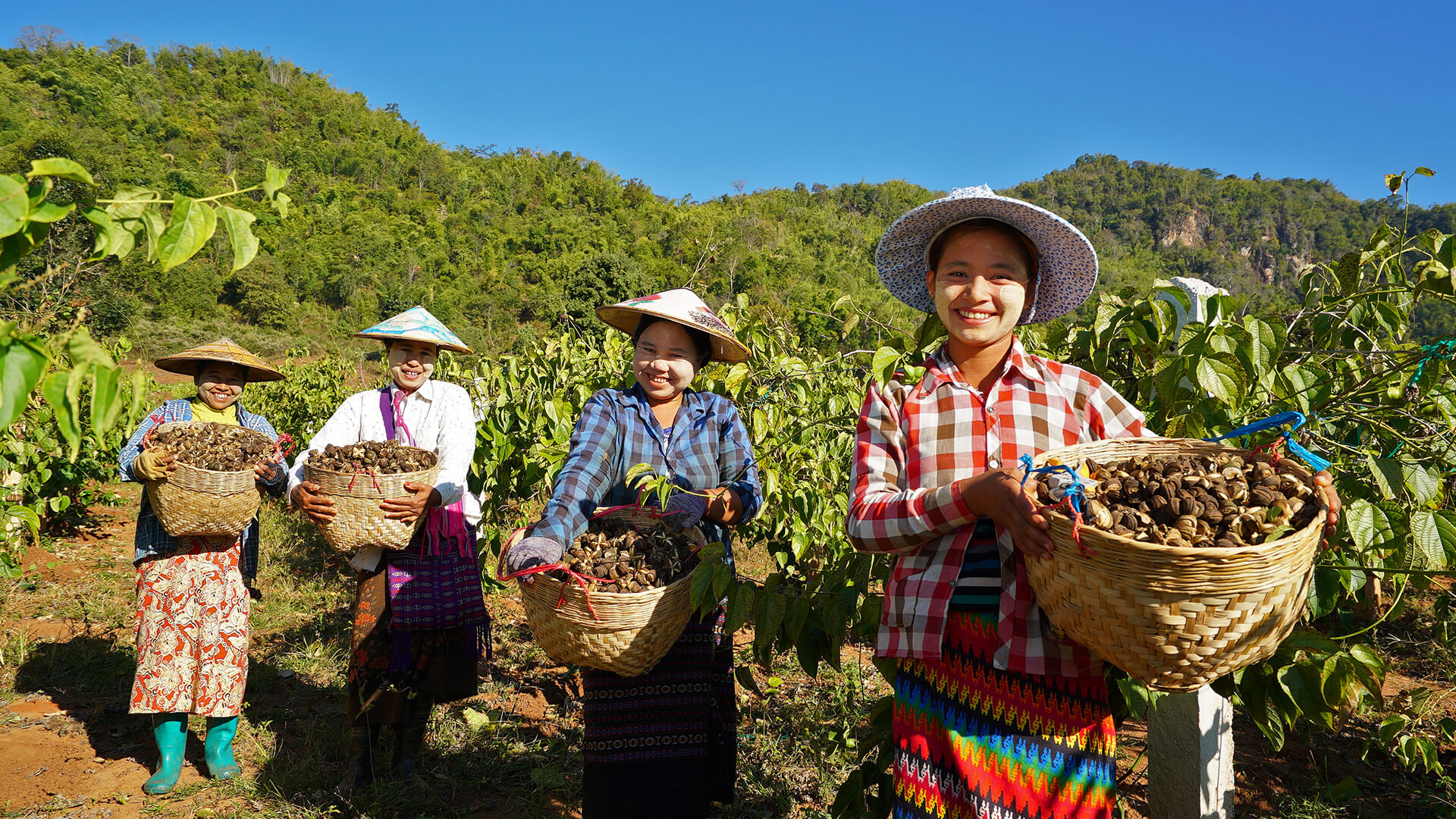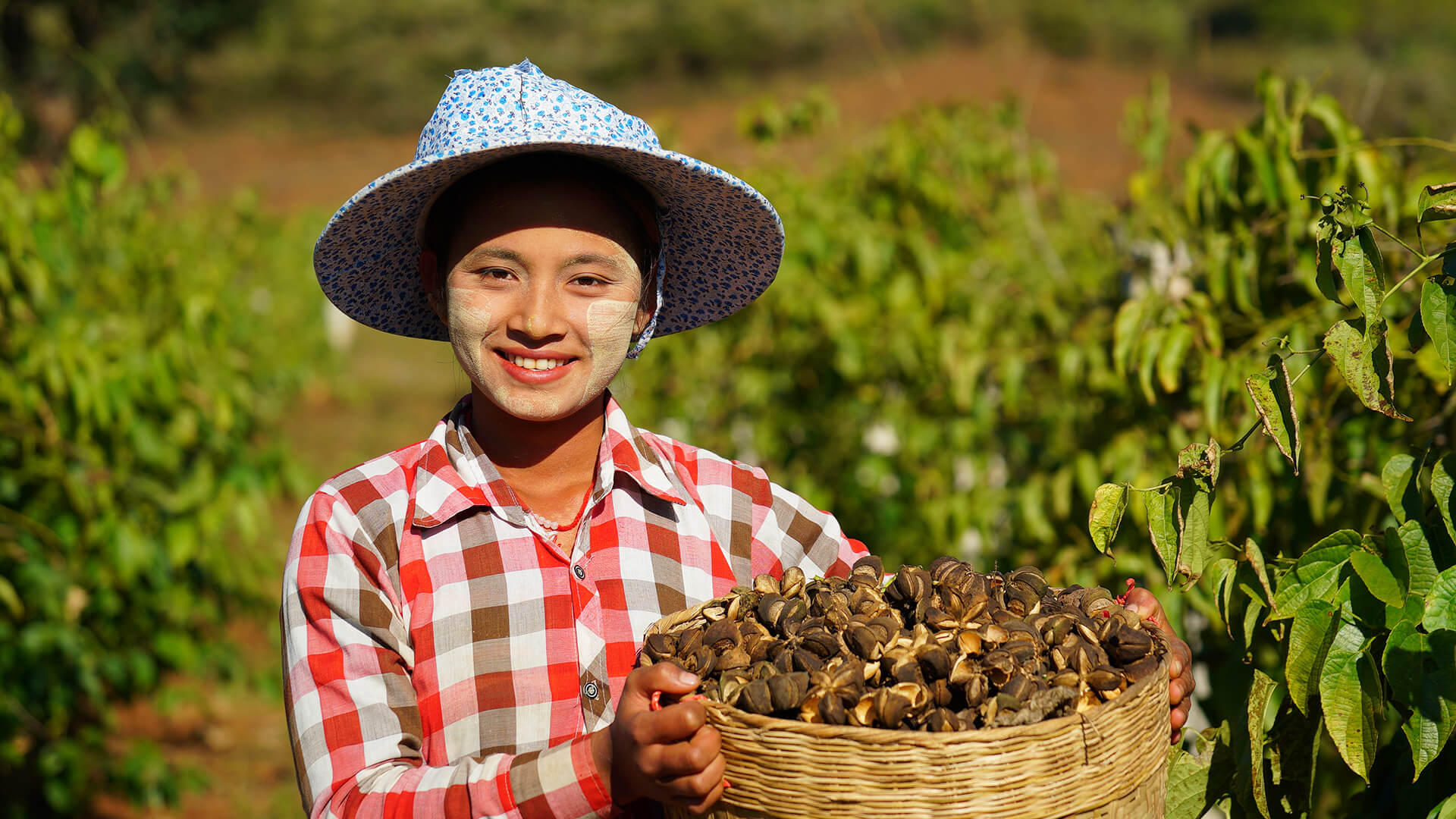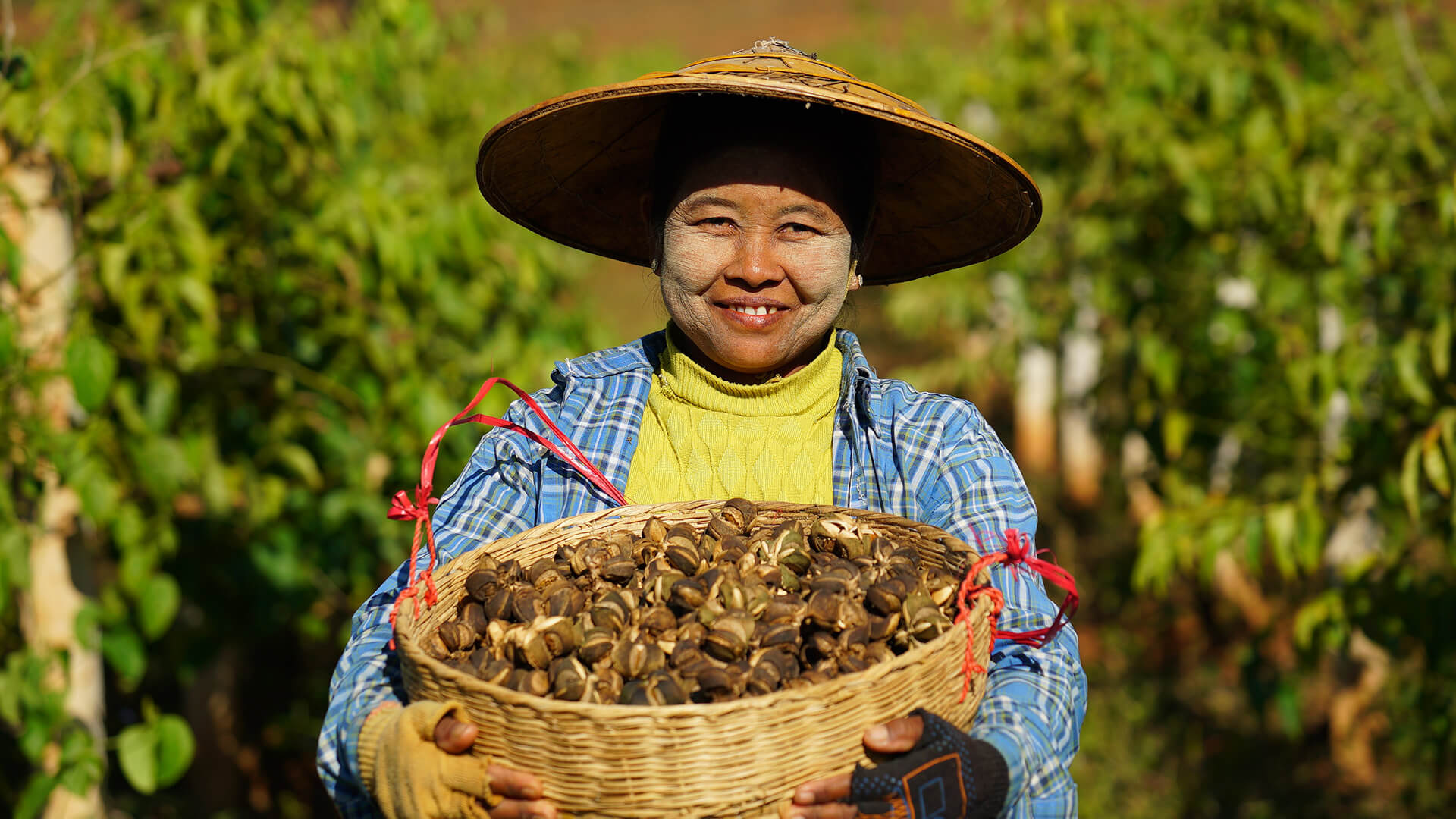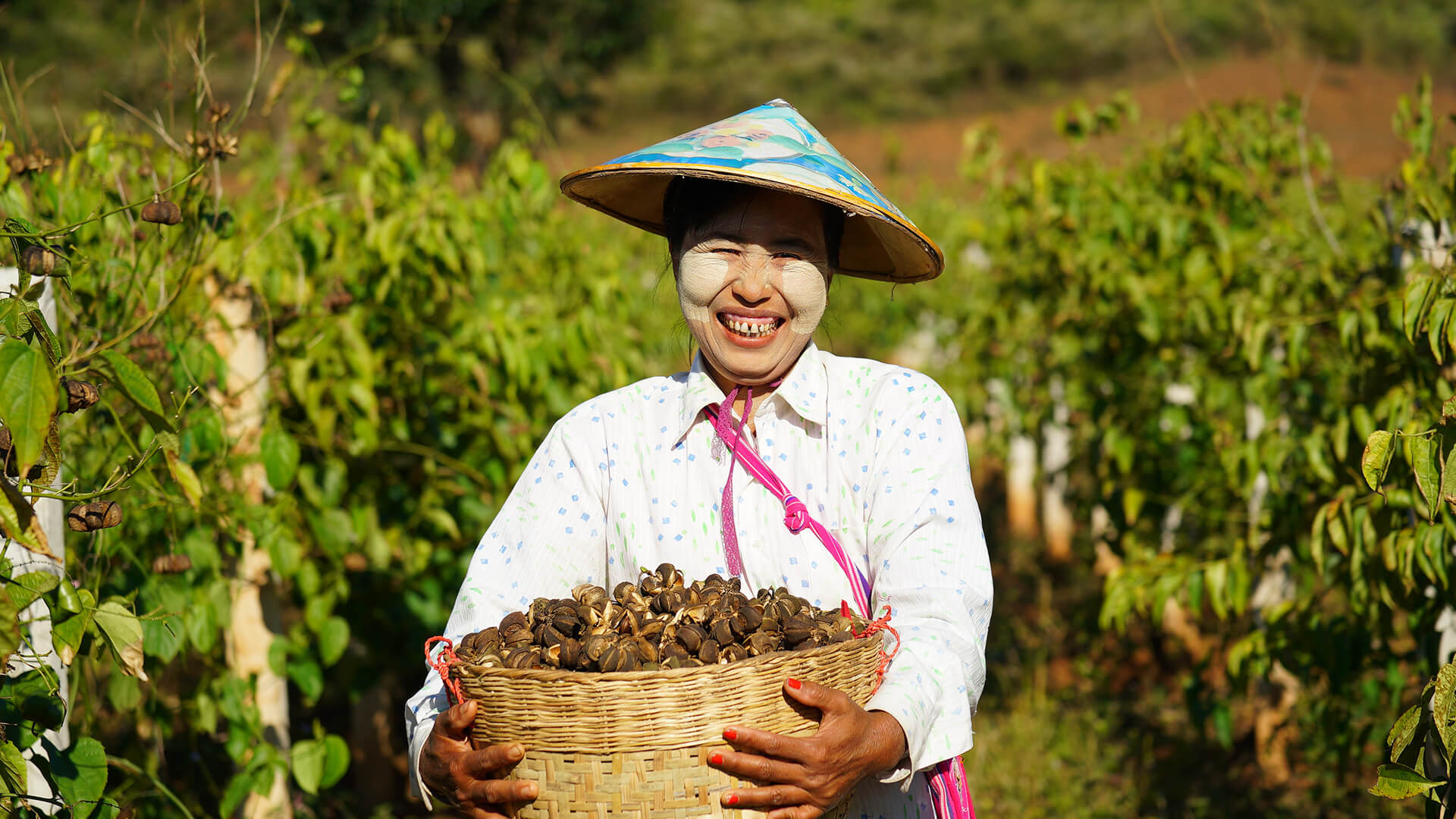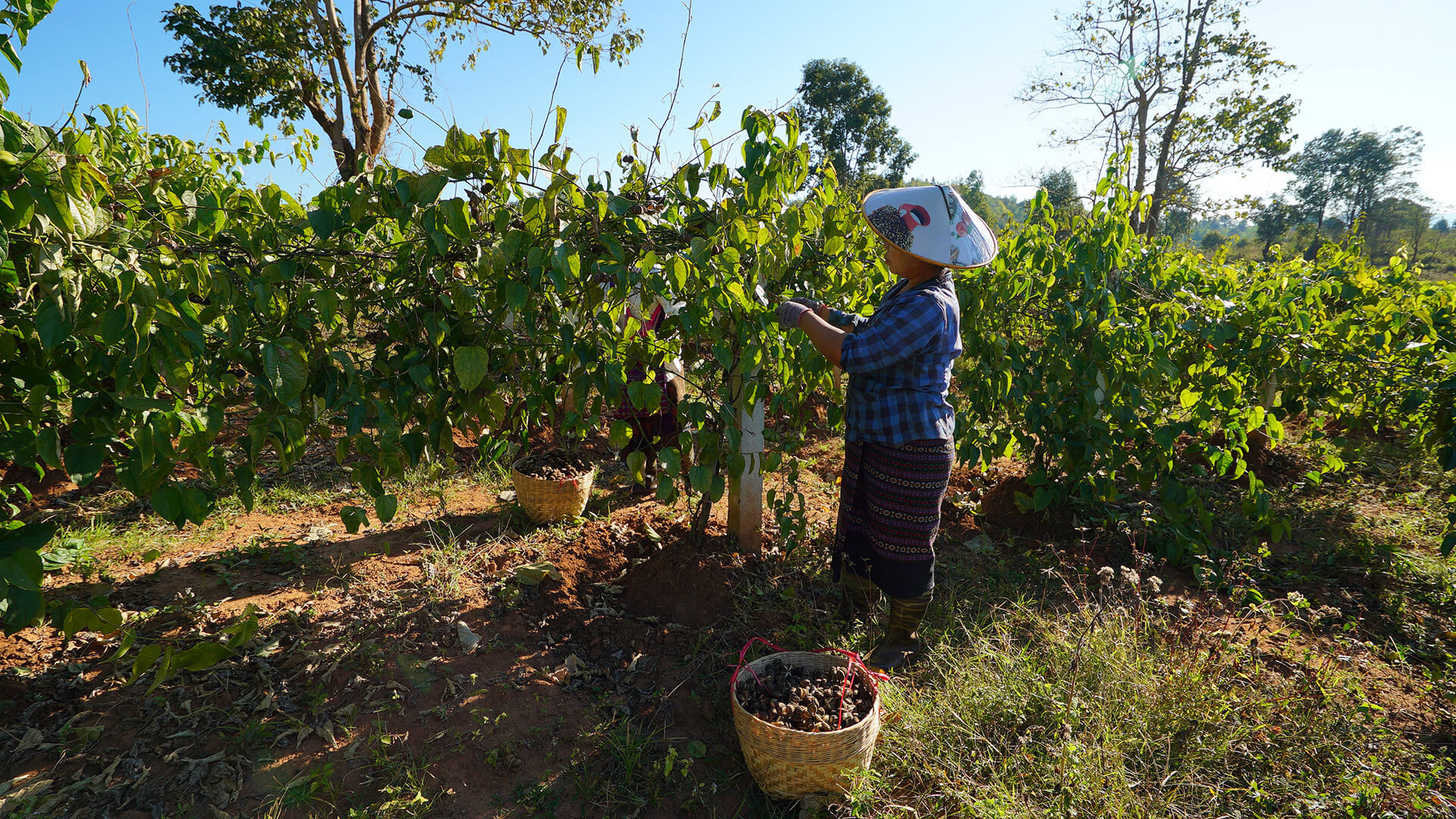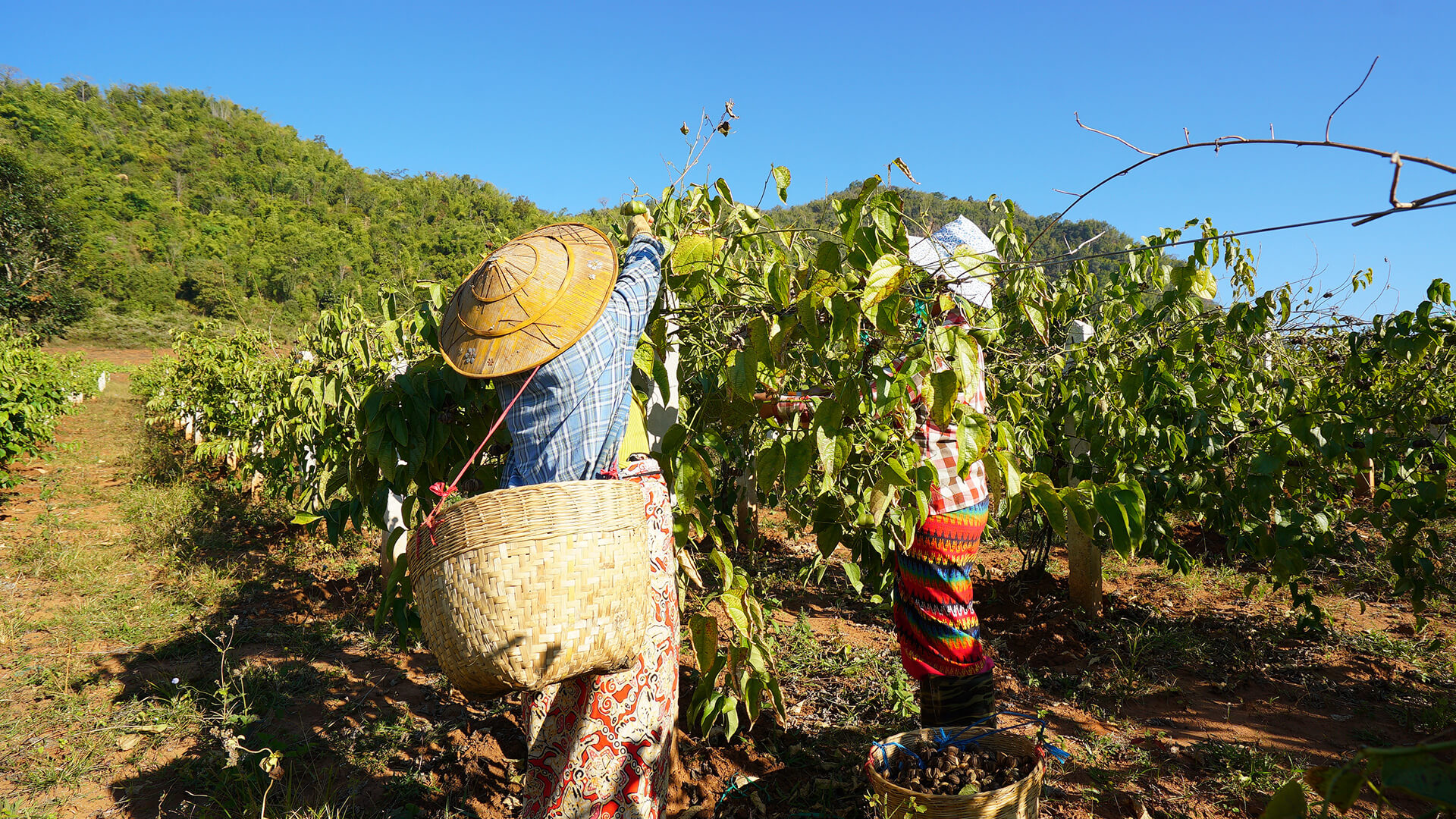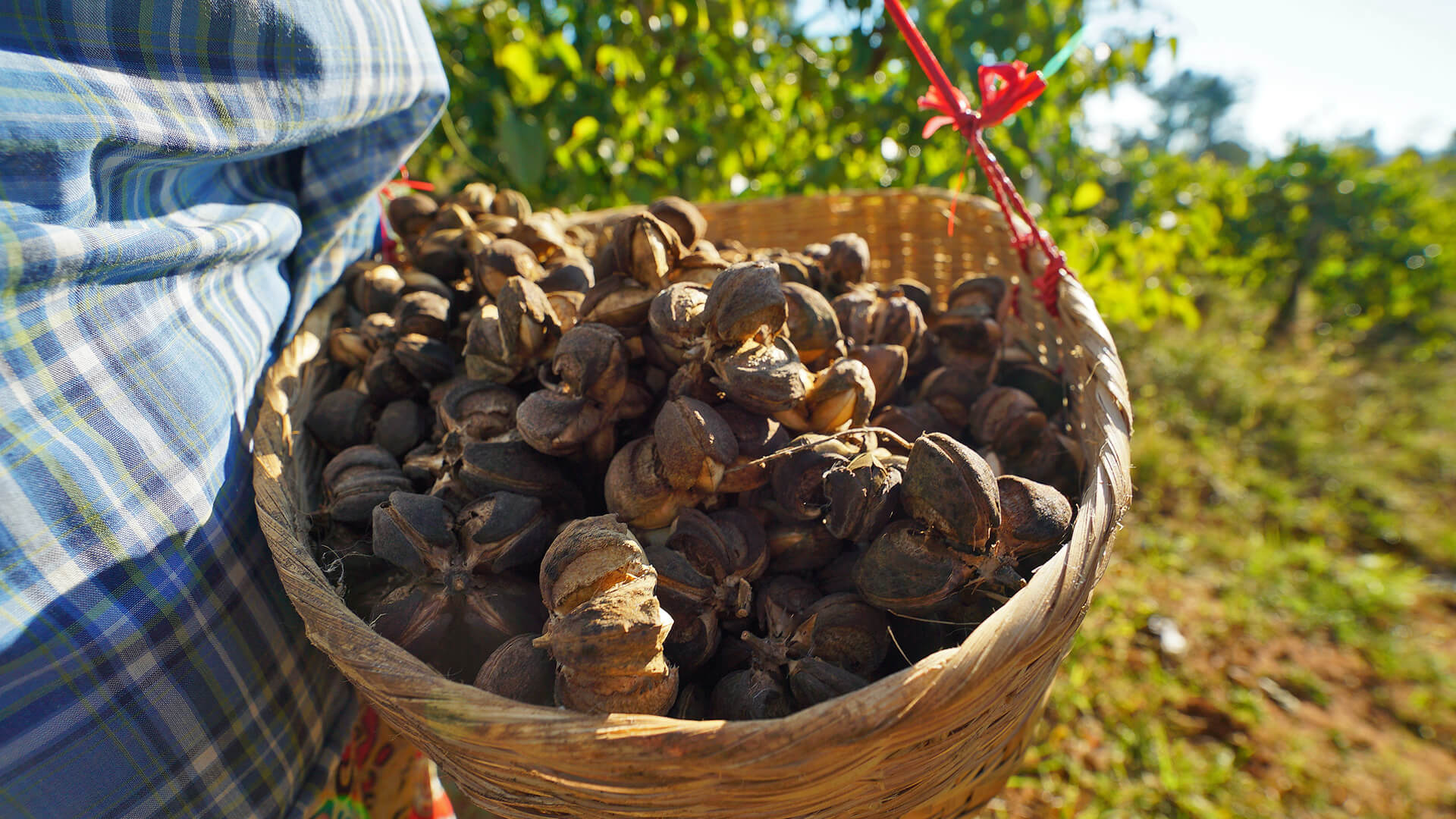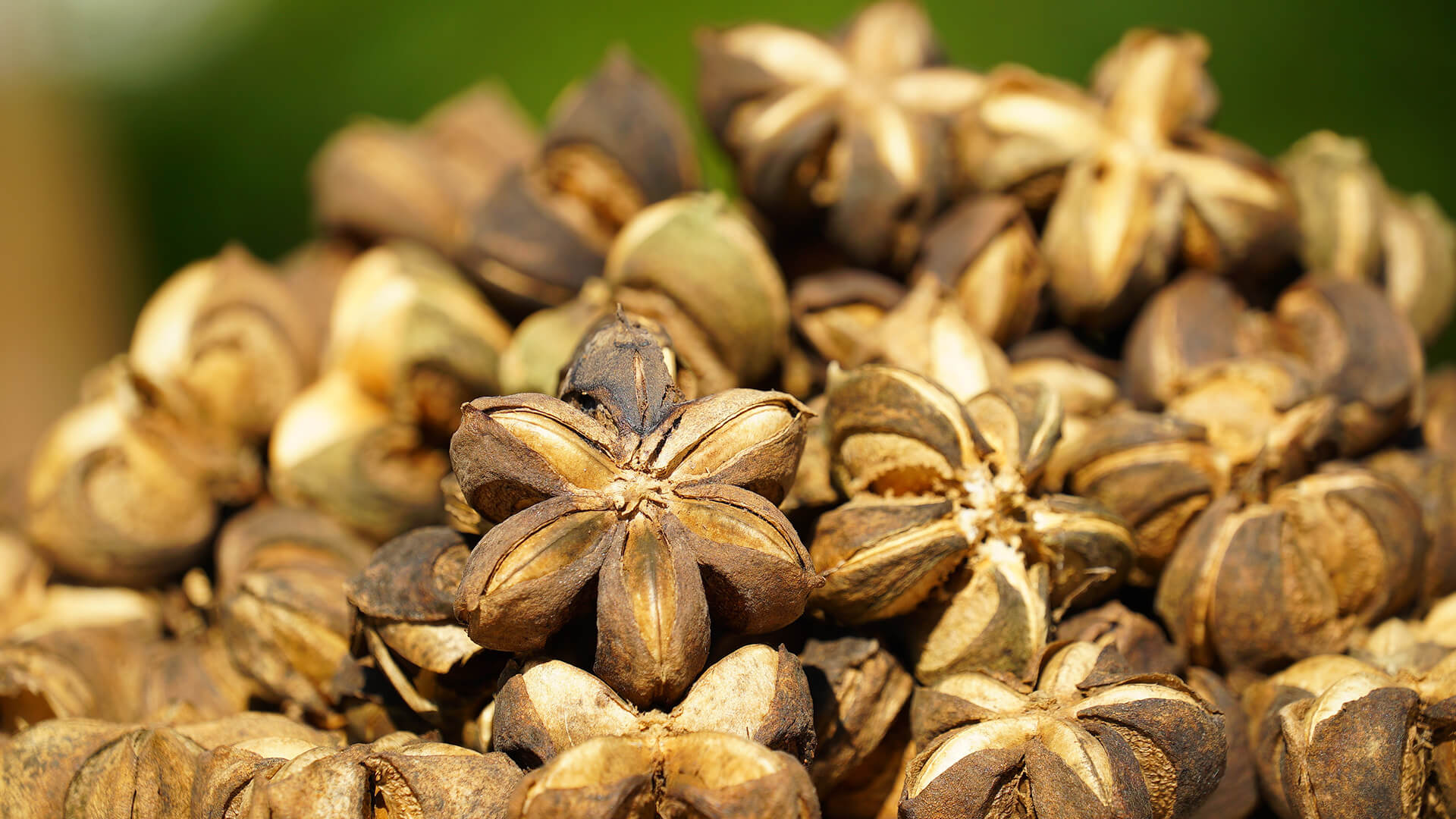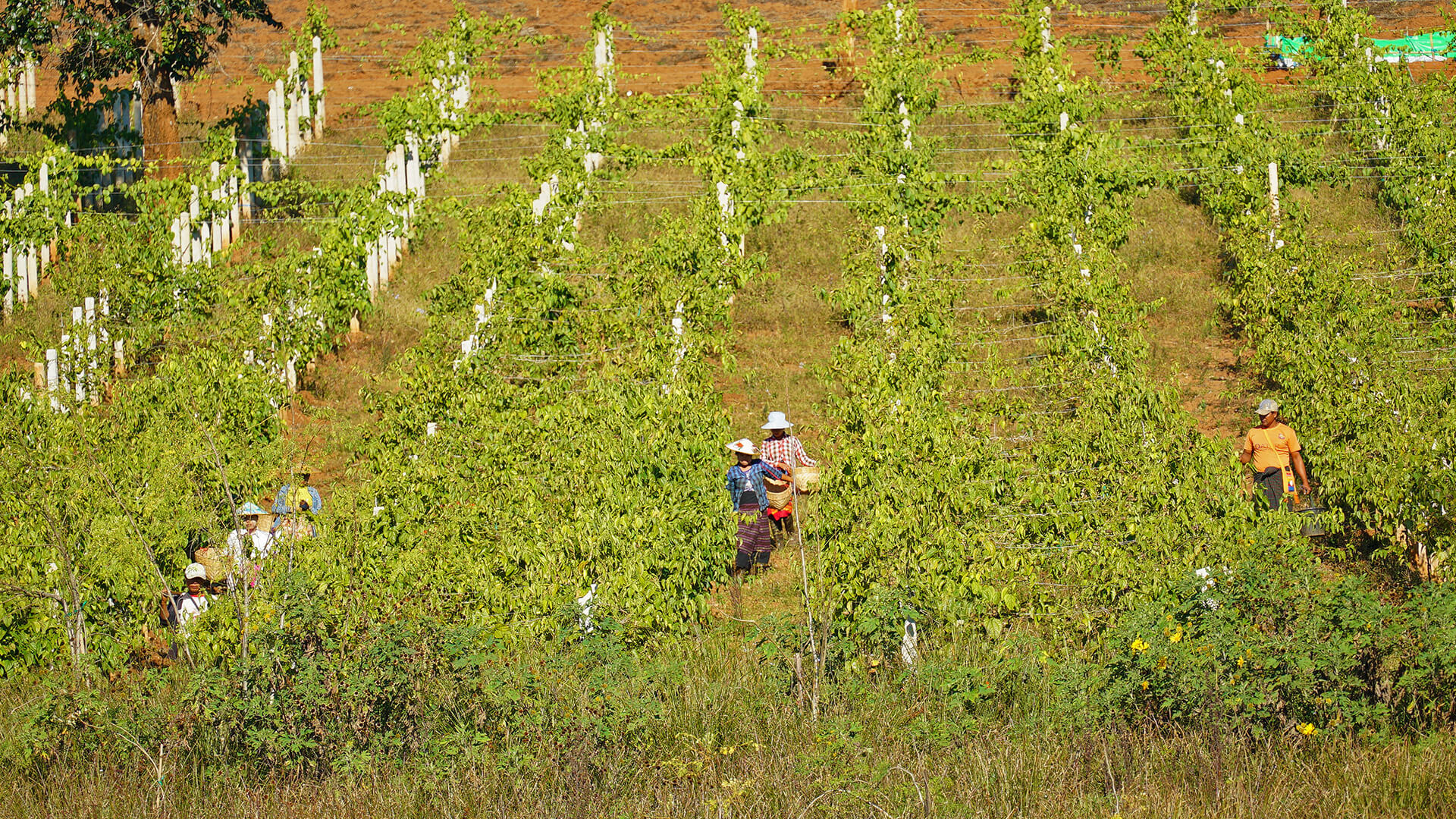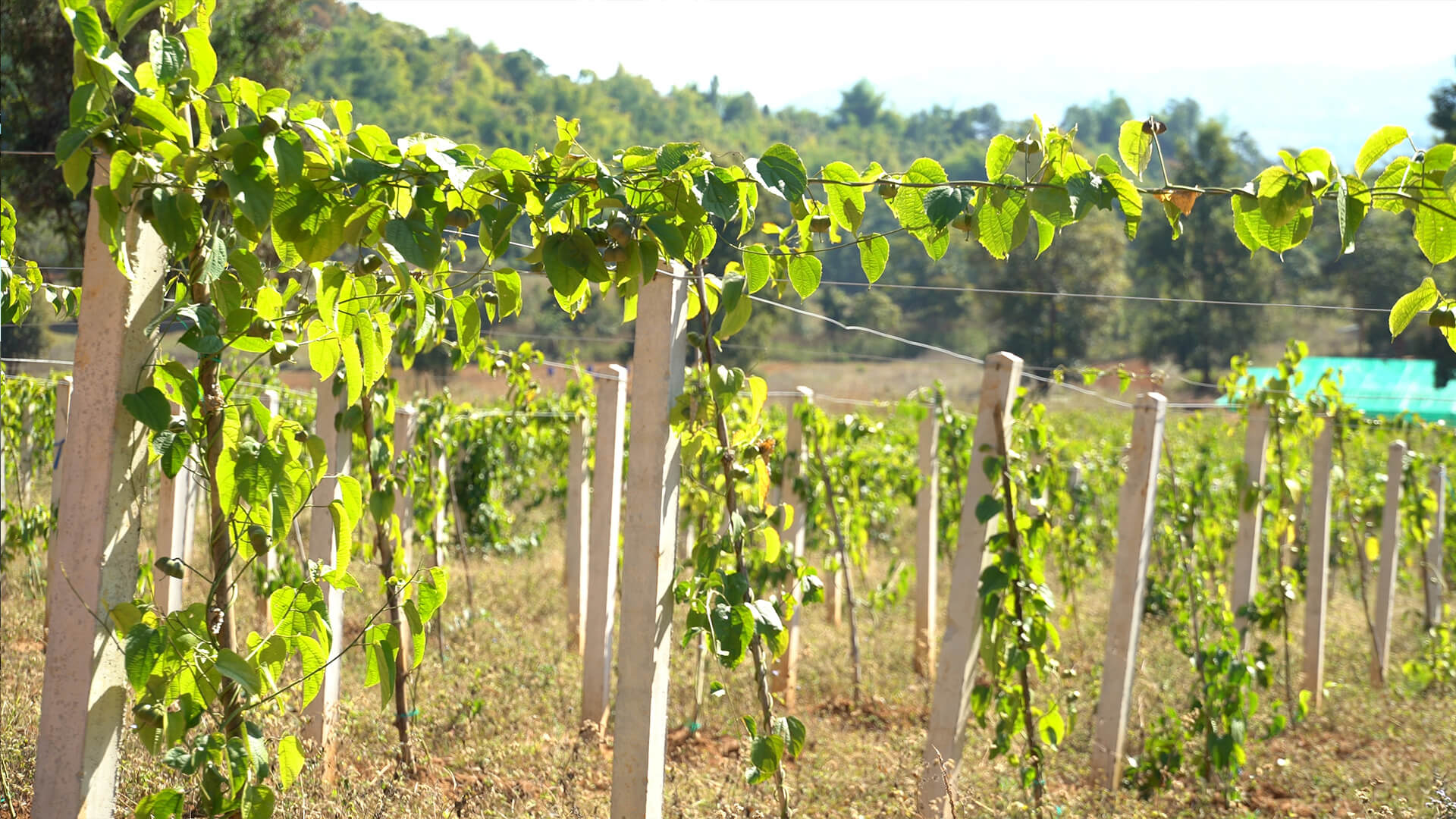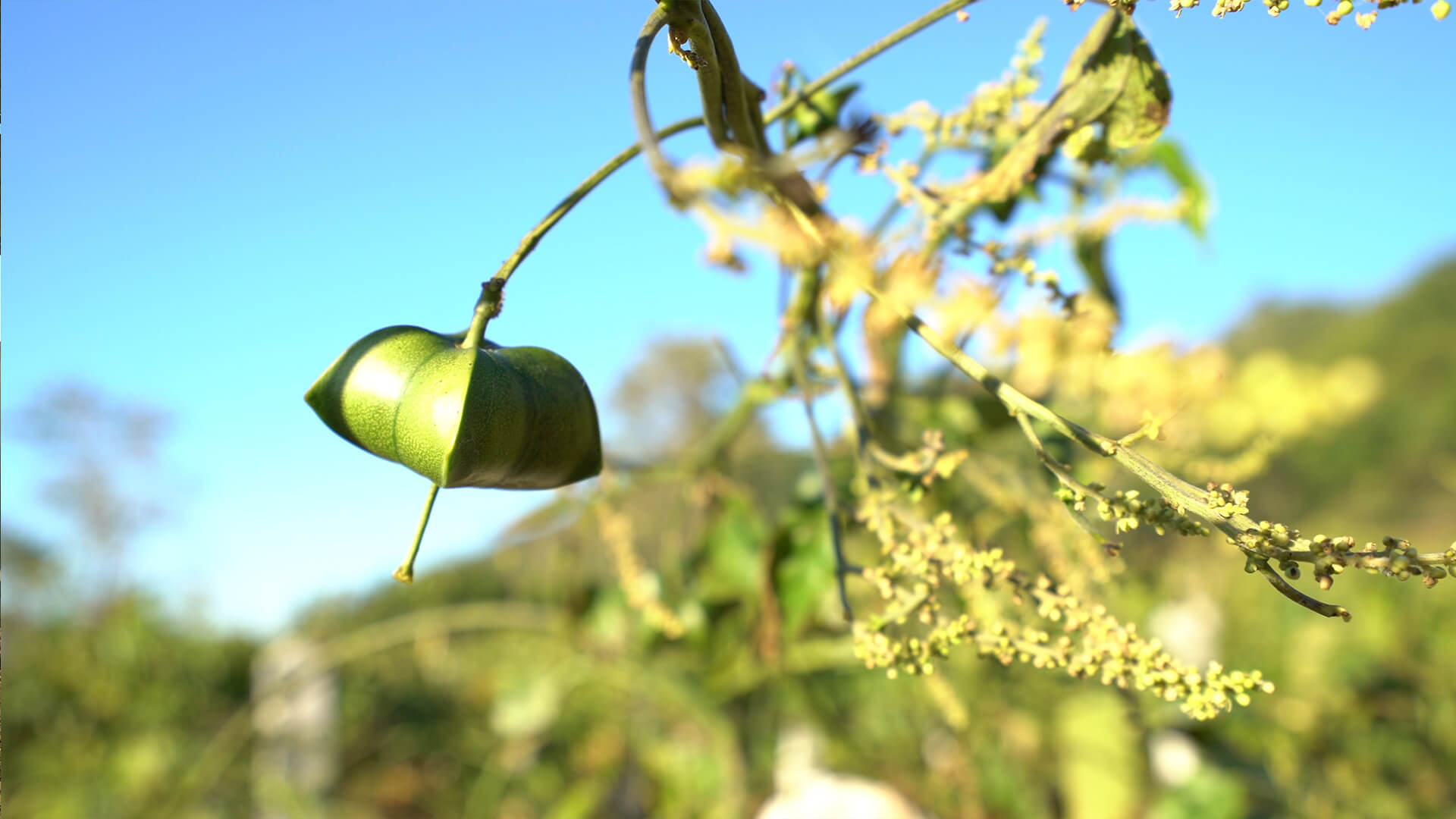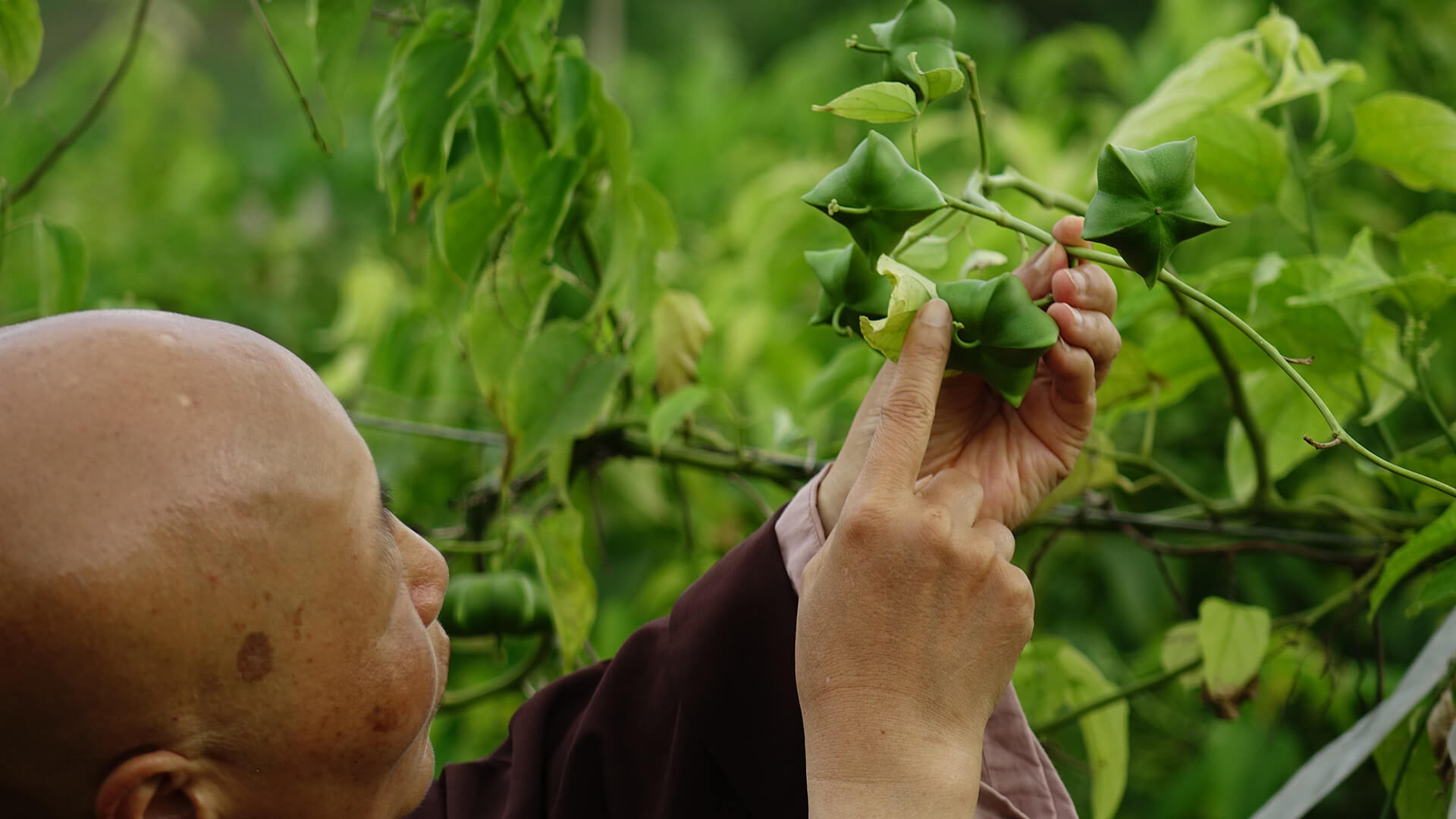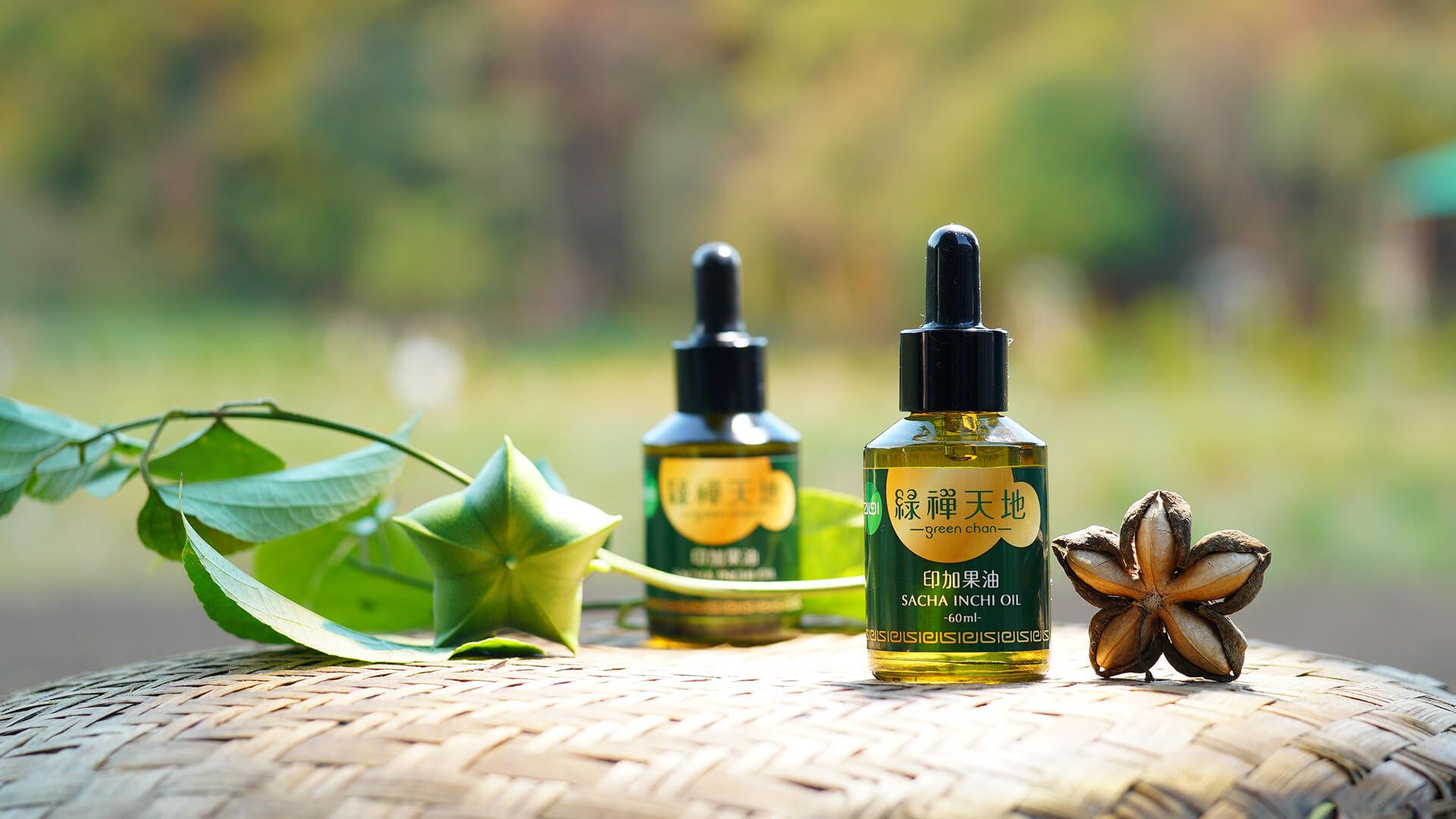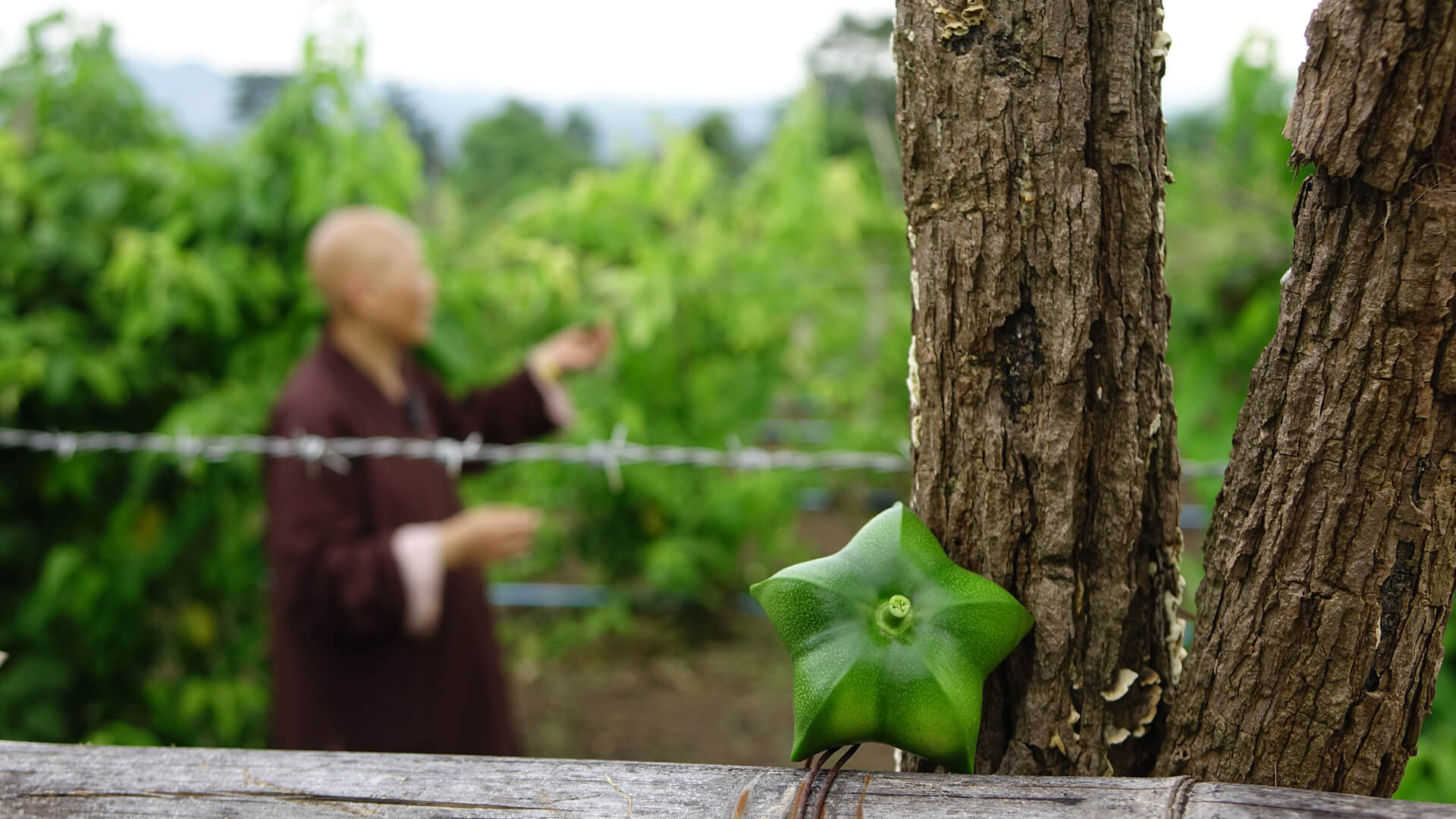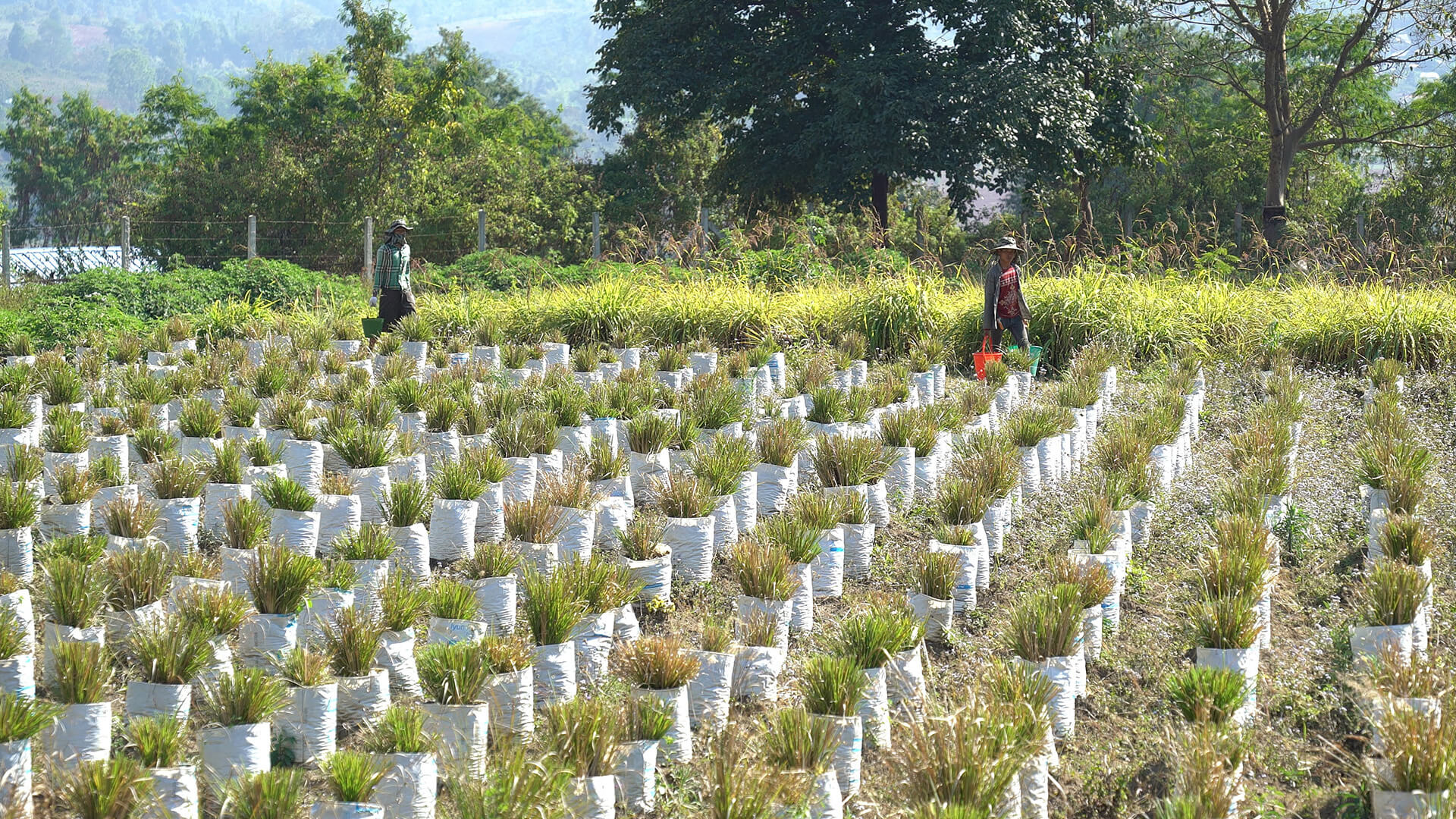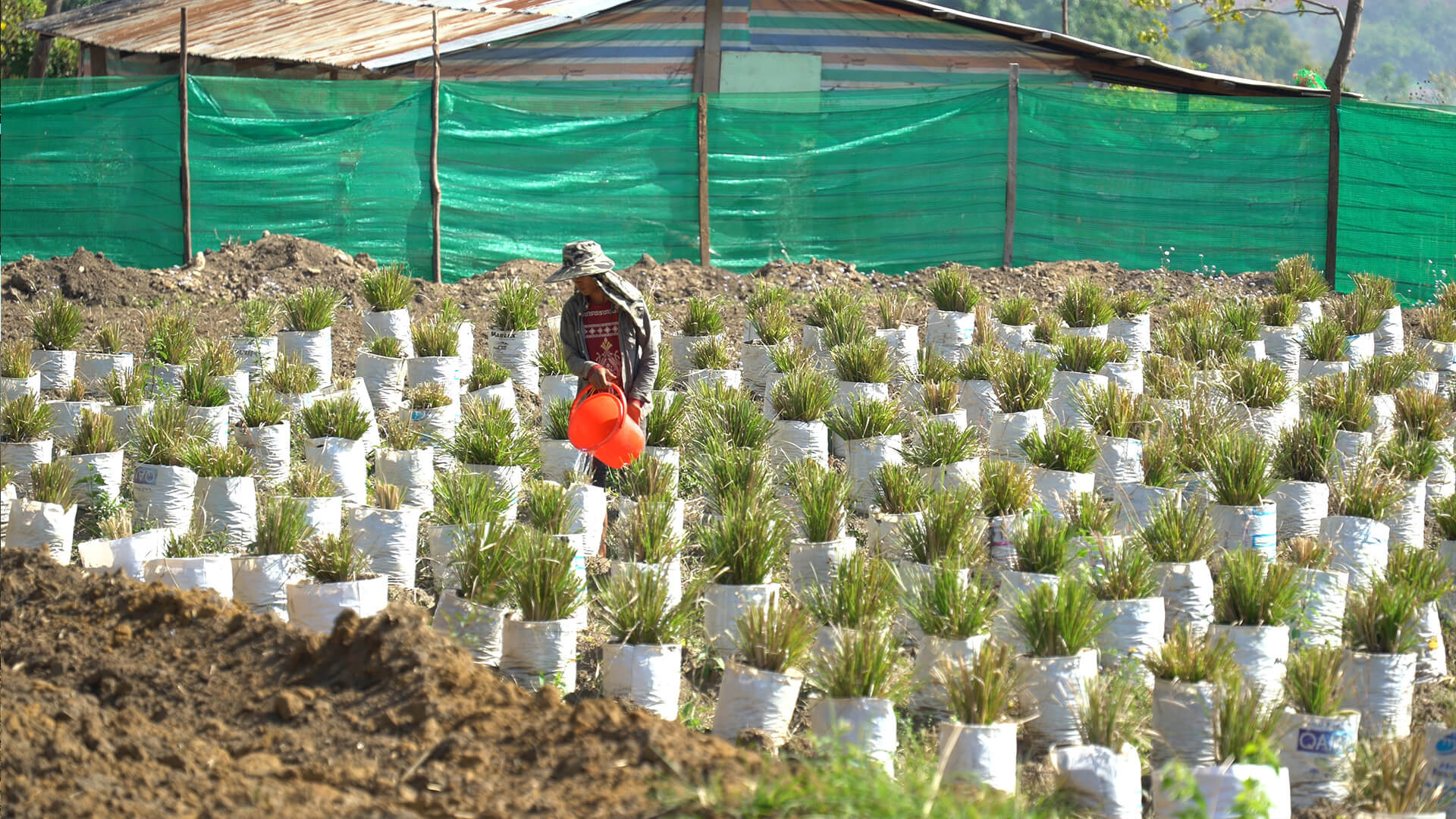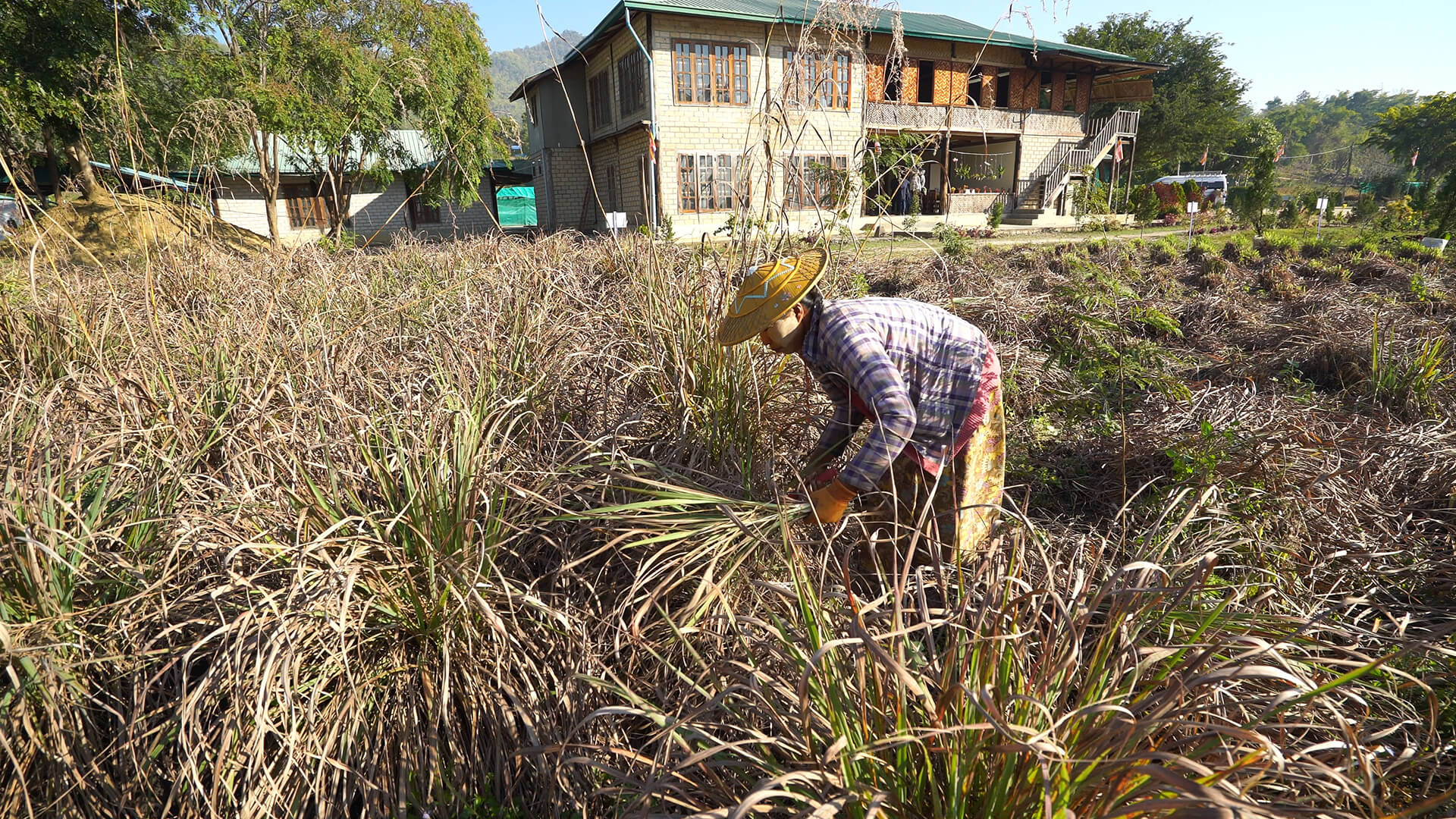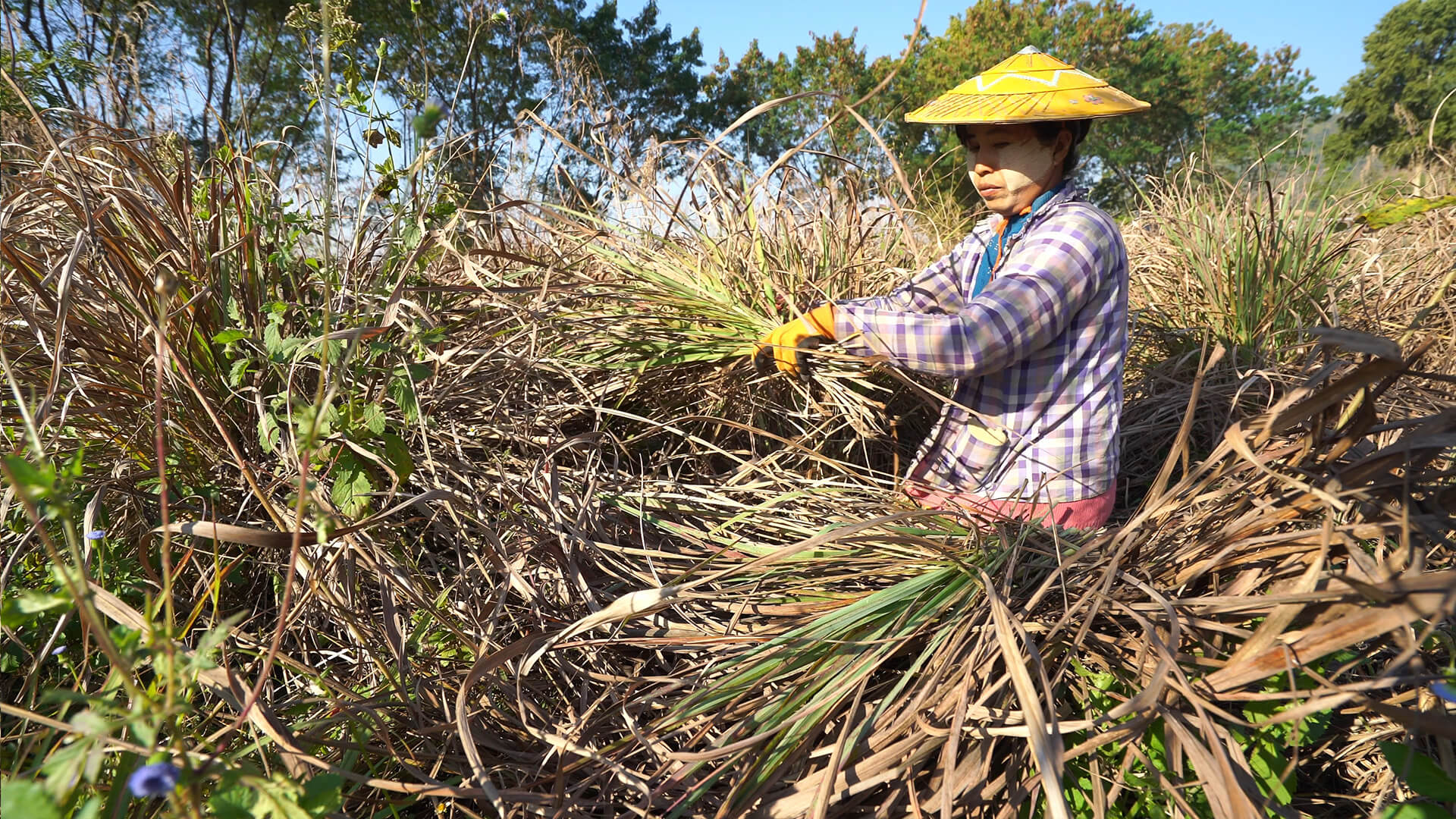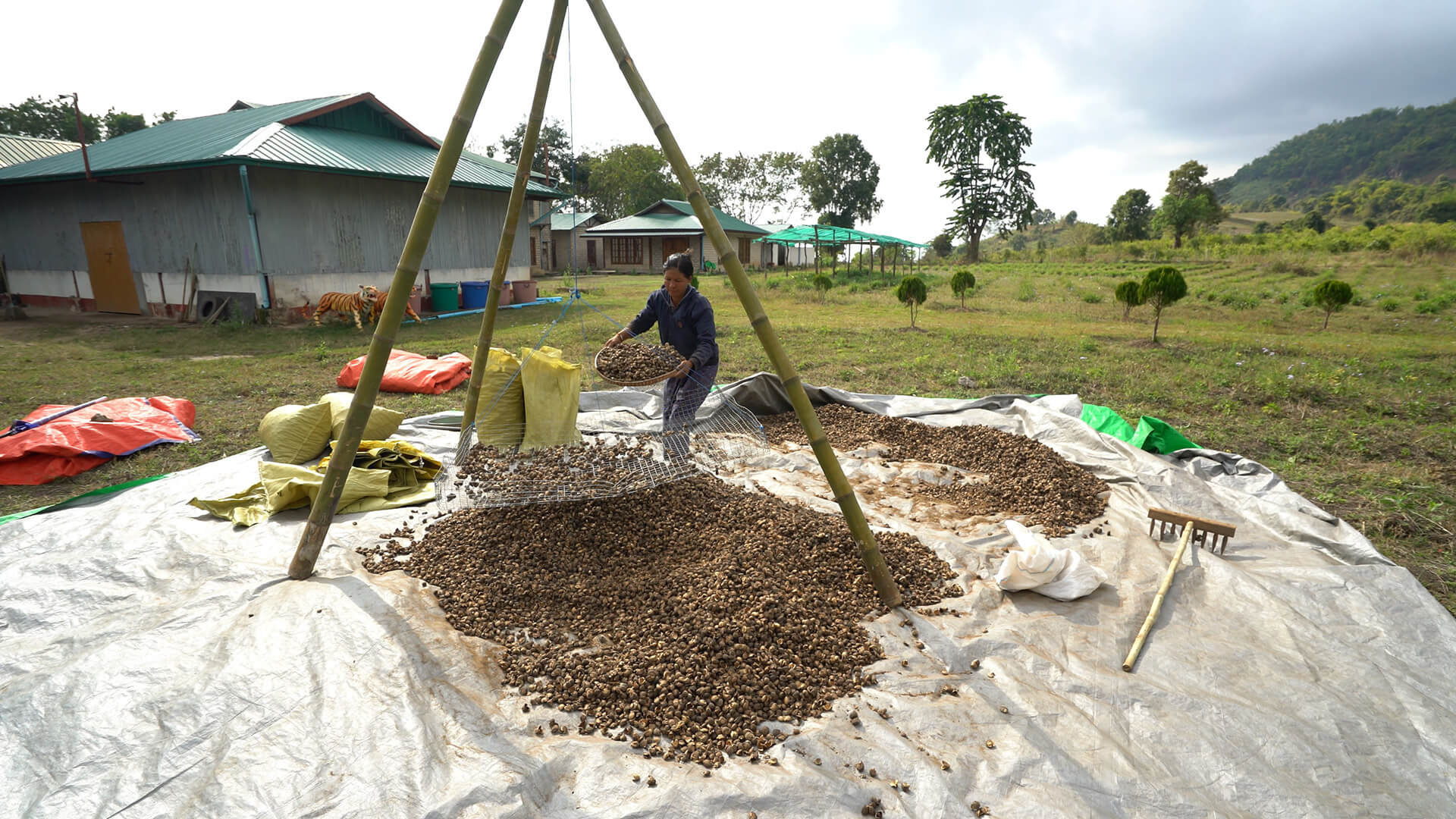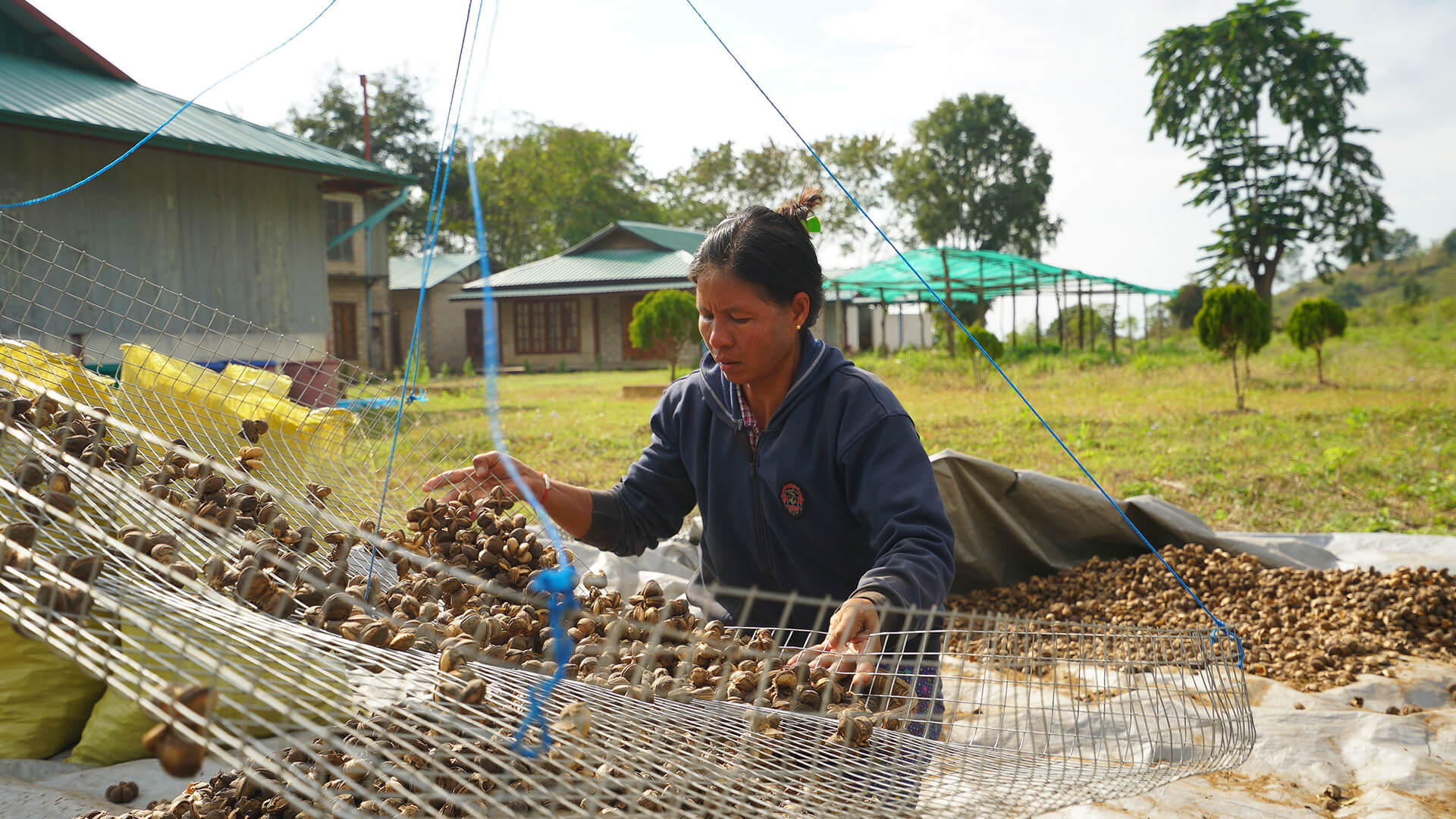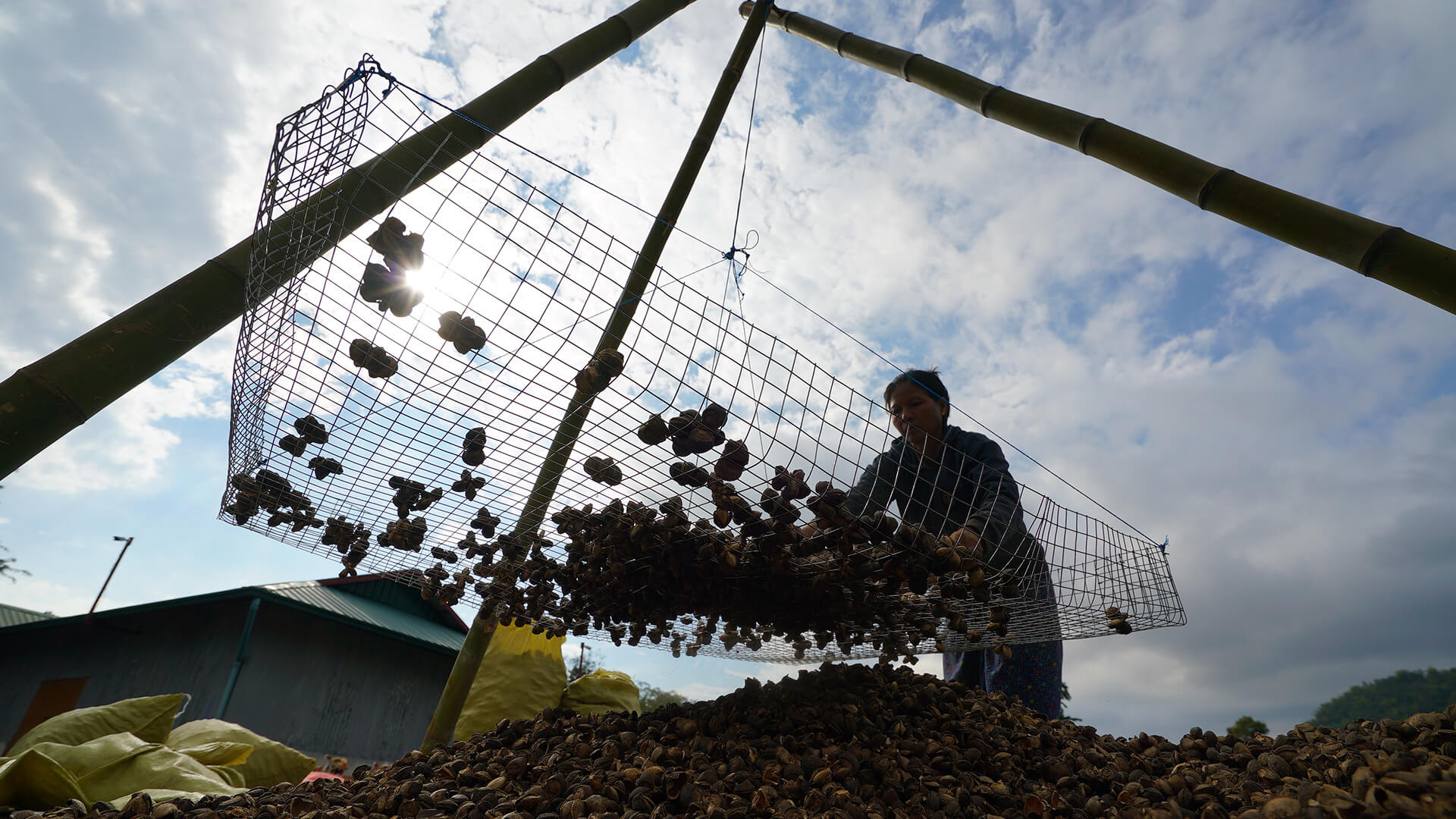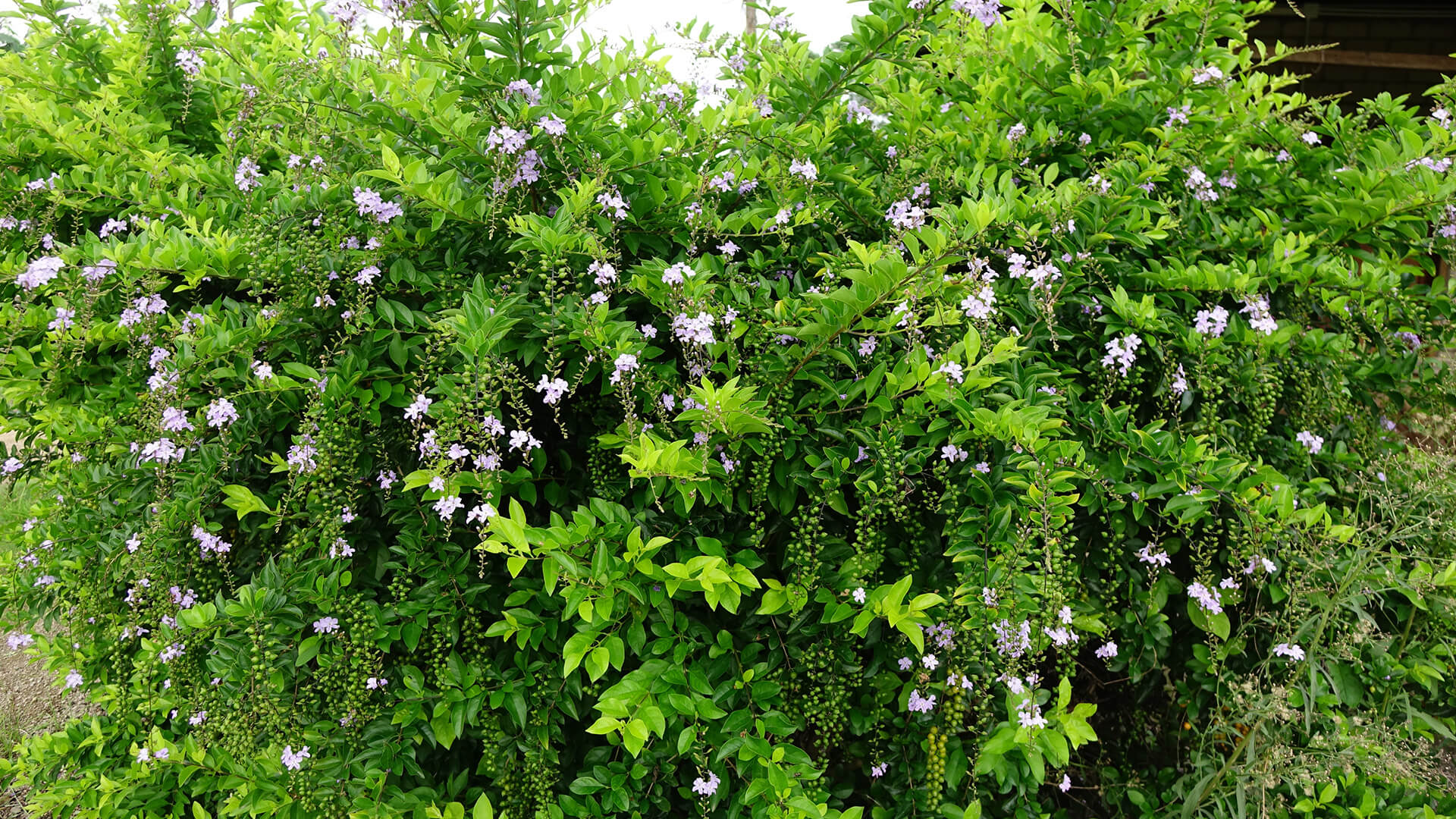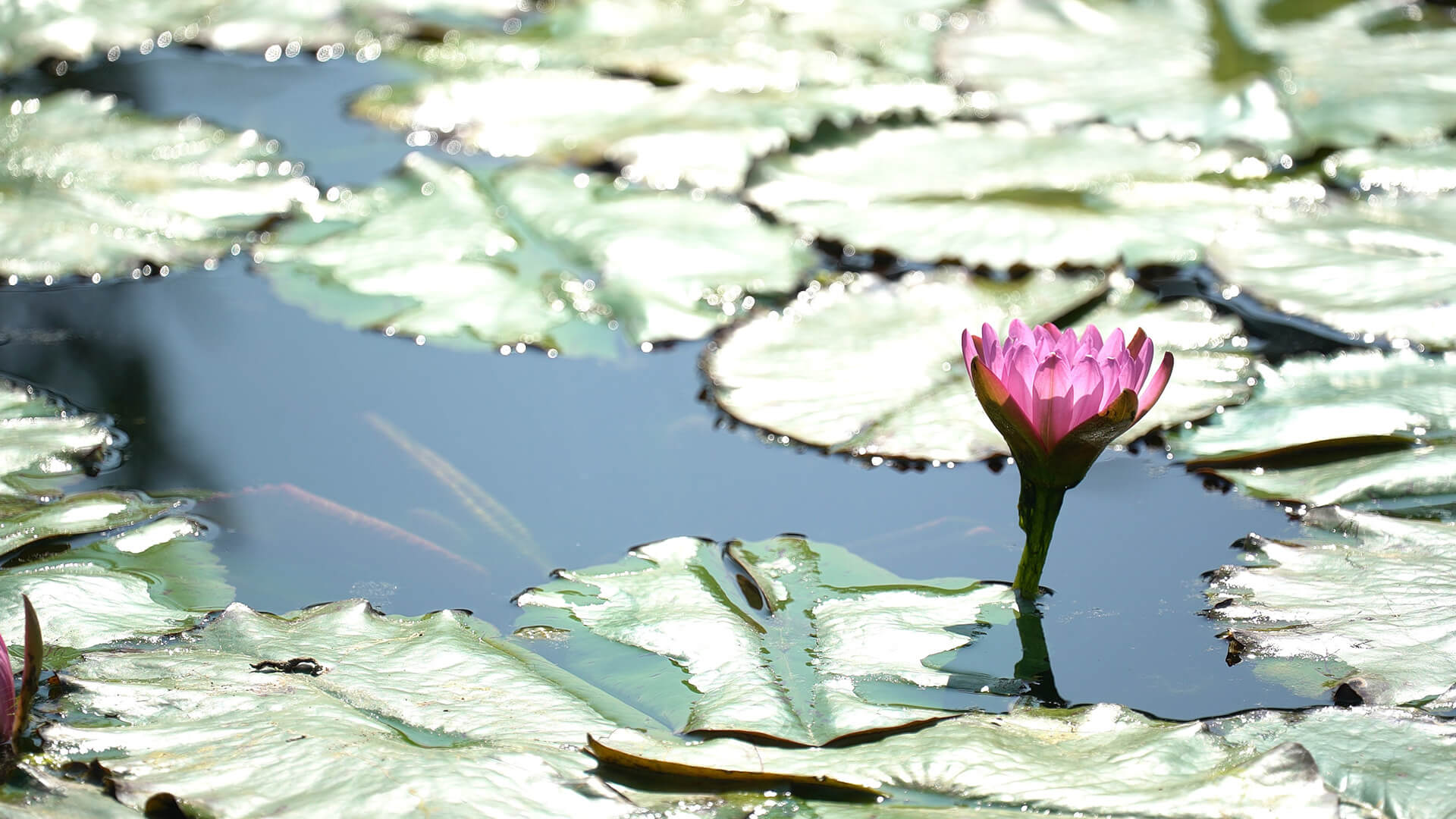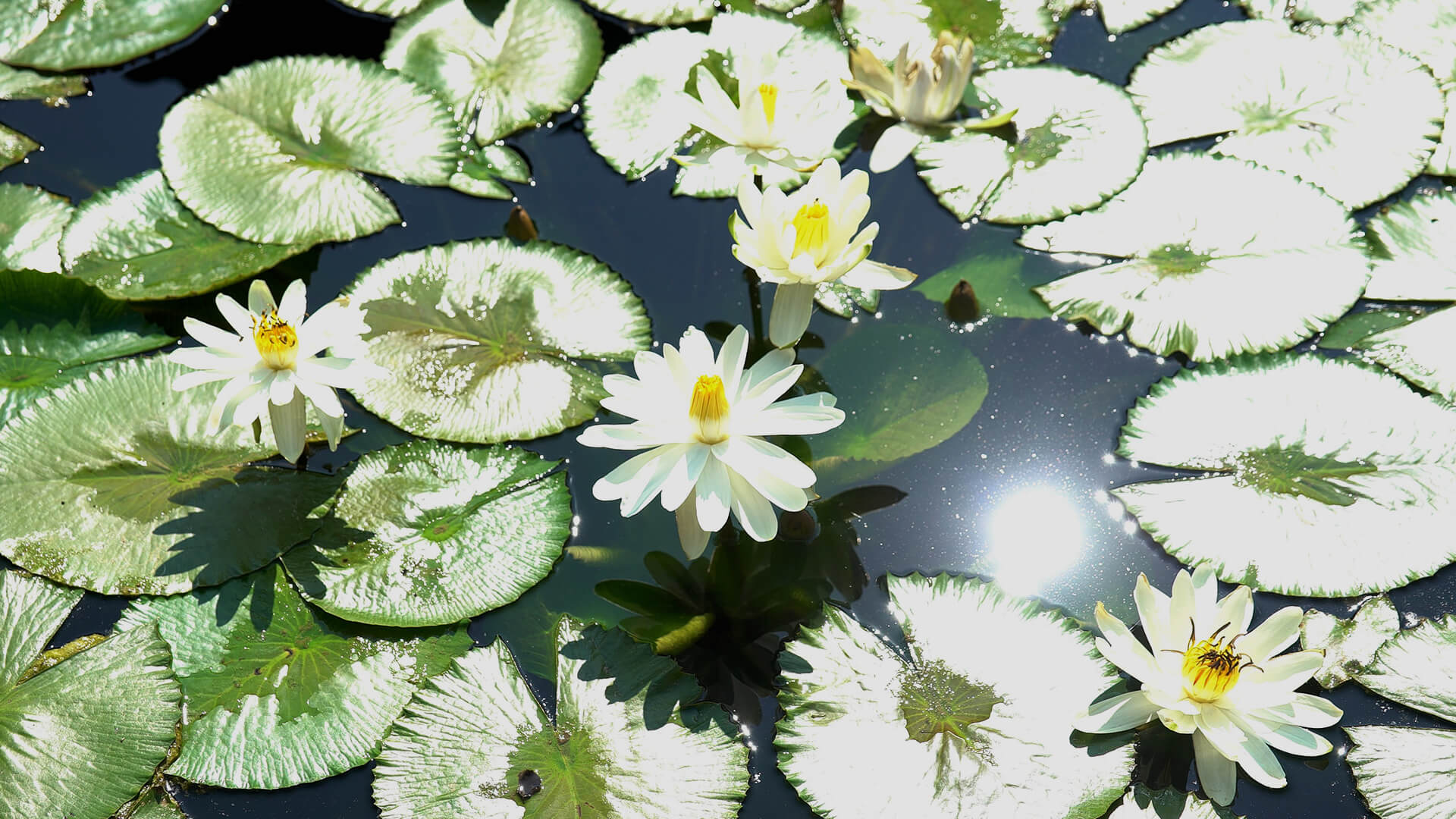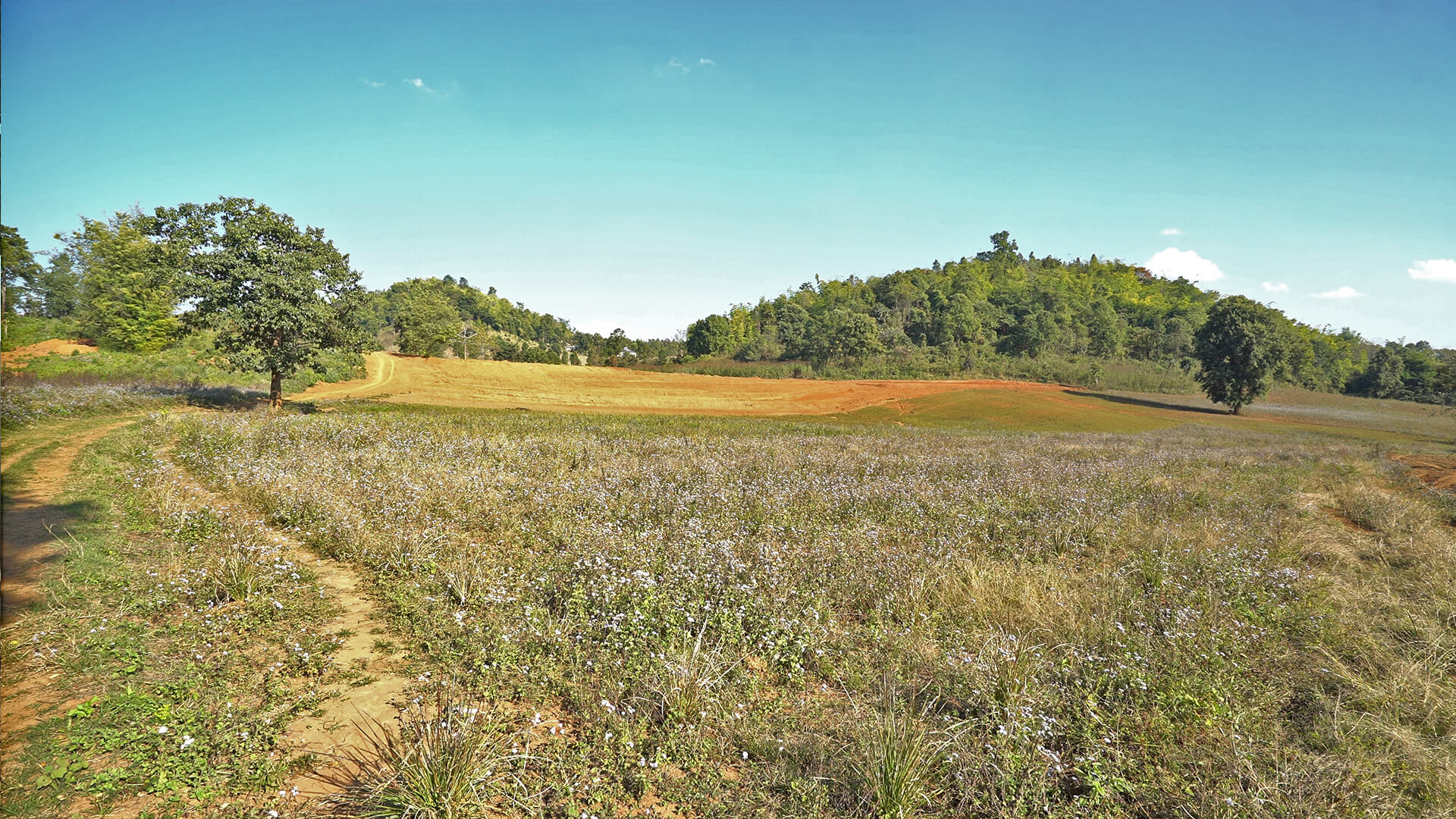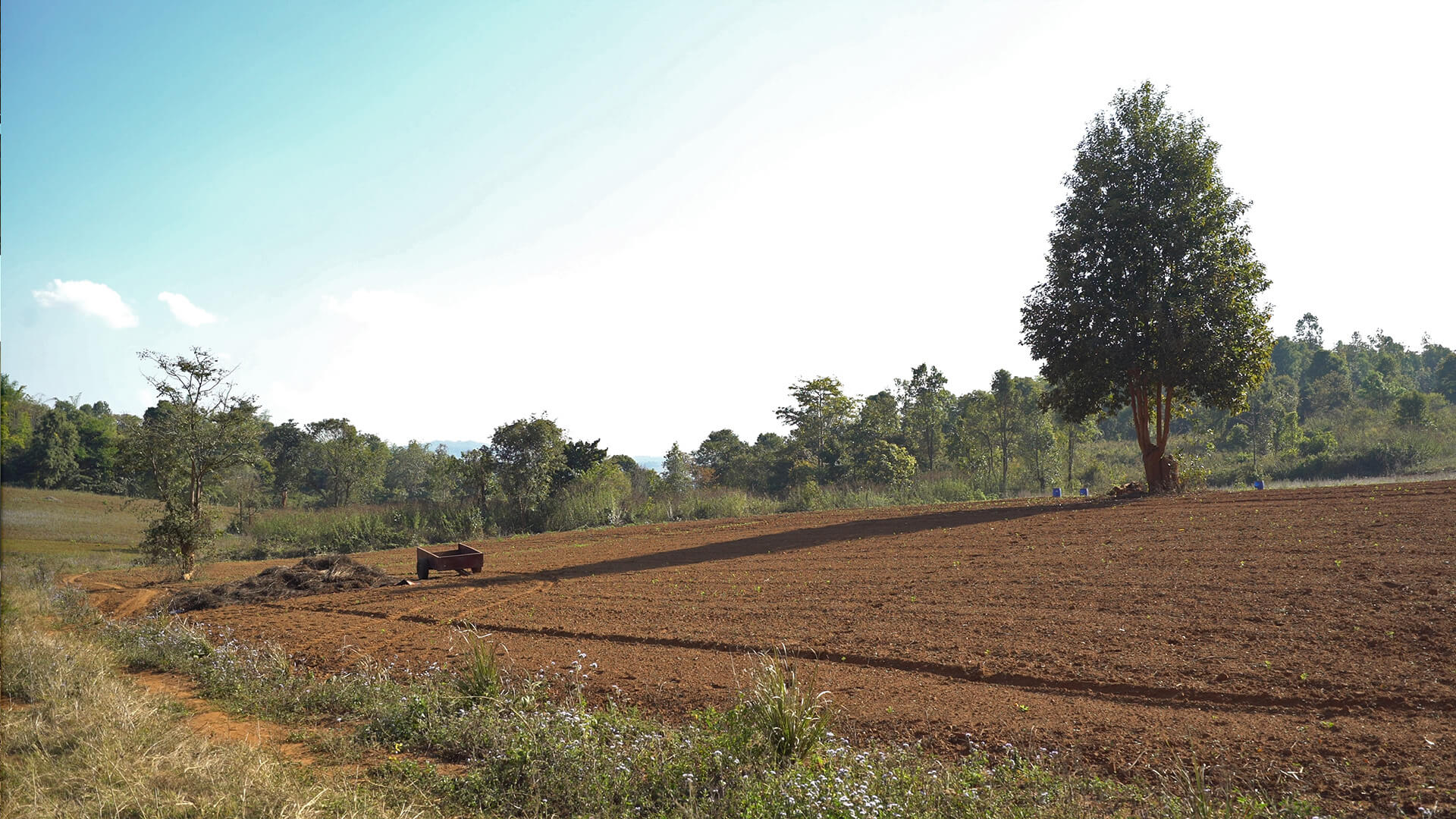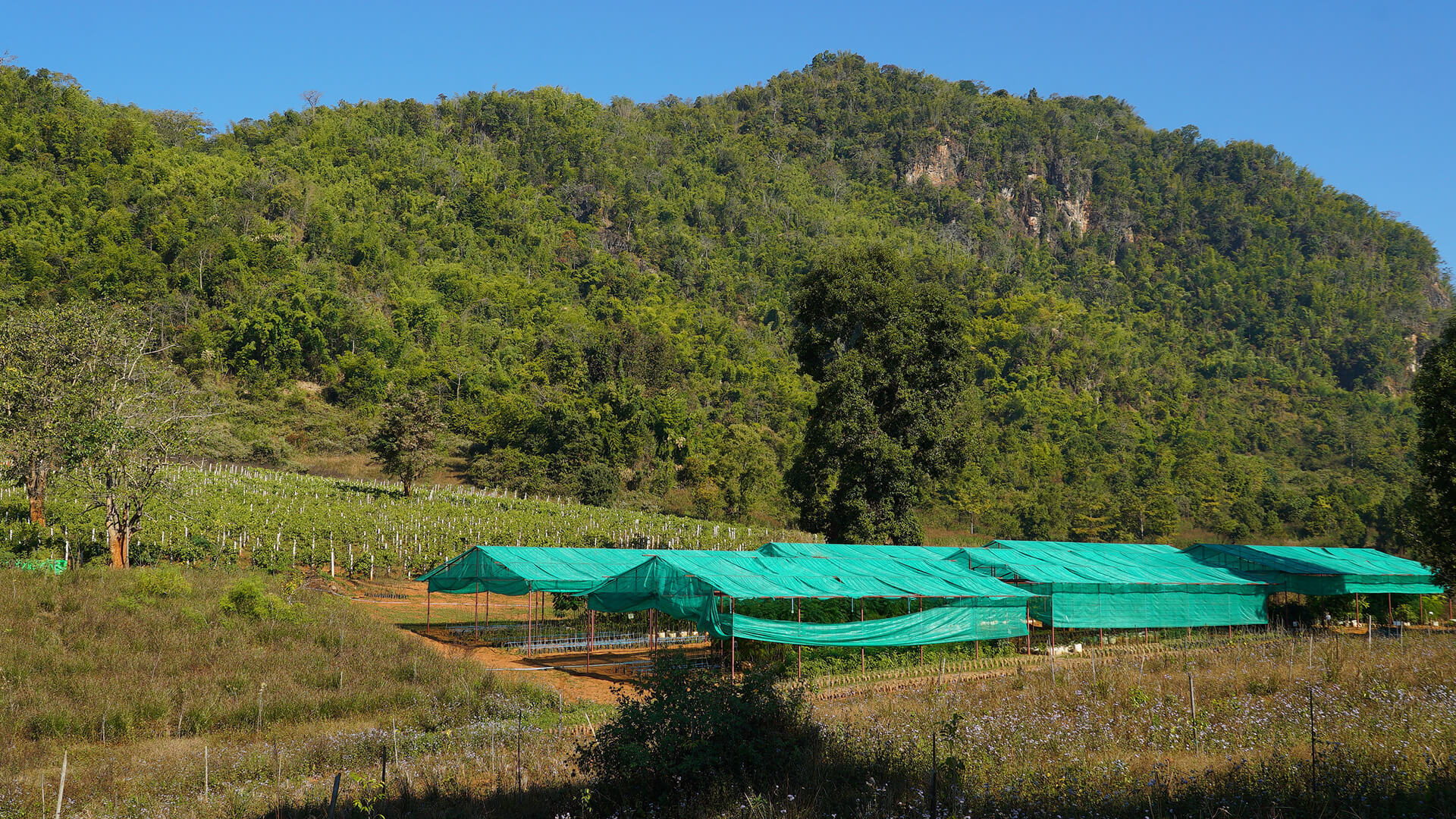Many of us who are associated with Ling Jiou Mountain (LJM) have since long heard about the Naung Mon Eco-Farm, but not many details about its past, present, and future. We re-visited the Farm in Lashiou, Myanmar, in January, 2019, and share the below tidbit from Master Chang Lo.
The inception of the Farm began with Dharma Master Hsin Tao as early as in 2005 when he was in northern Myanmar. A local old-hand was hired to manage the project and the farm was run on the principle of no fertilizer nor pesticide, and the crops grew wild in a quasi virgin land.
Put succinctly, the Venerable Chan Master Hsin Tao was already well aware of the Earth’s ecological crises more than two decades ago. People’s material desire expanded continuously ever since the industrial revolution, and the Earth’s resources were explored and exploited exponentially. Nature used to have its own mechanism of balance. With the Earth’s natural environment becoming subject to destruction-led-imbalance and people increasingly further away from Nature, however, ancient wisdom accumulated over time went lost and remains forgotten. Agriculture in recent decades has also been dealt with heavy blows, in that pesticides and chemical fertilizers are always used in large quantities to meet the demand for accelerated harvesting and an insatiable greed. The land, and with it, people and all sentient beings are hurt. The soil becomes acidified and stats toxic for decades on end.
Farmers in the neighborhood of the Naung Mon Eco-Farm used to grow a lot of corns, because there has been a demand for it, said Master Chang Lo. But corns are a short-term crop with shallow roots and depletes the land bio-chemically over time. Corn field loses a whole layer of surface soil every three years, and is thus rather detrimental to land preservation. Besides, the use of fertilizer en mass is another big issue. But poverty and a lack in farming knowledge leave those farmers little option, and permanent damage to the land appeared inevitable.
Myanmar is birthplace to Dharma Master Hsin Tao and he realized early on that Mother Earth would eventually backfire, if mal-treatment continues or even worsens. People as a whole will suffer the inevitable consequences. Given the fact that Myanmar had just recently opened up to the world and capitalism still relatively under control, the timing was considered a golden opportunity to promote eco-farming and environmental protection. The Naung Mon Eco-Farm, therefore, was like a green seed for a green hope, from which an ecologically balanced farm was to come and to impact all neighboring regions. It was further hoped that Myanmar as Buddha’s Land on Earth would retain her simplicity and other virtues of nature, and as such, capable of making contributions to the world to the extent that “Loving Earth / Loving Peace” becomes a permeated consensus for a widespread action by a growing populace.
More Related:
♦ A Haven of Green Chan: No Rush at Naung Mon
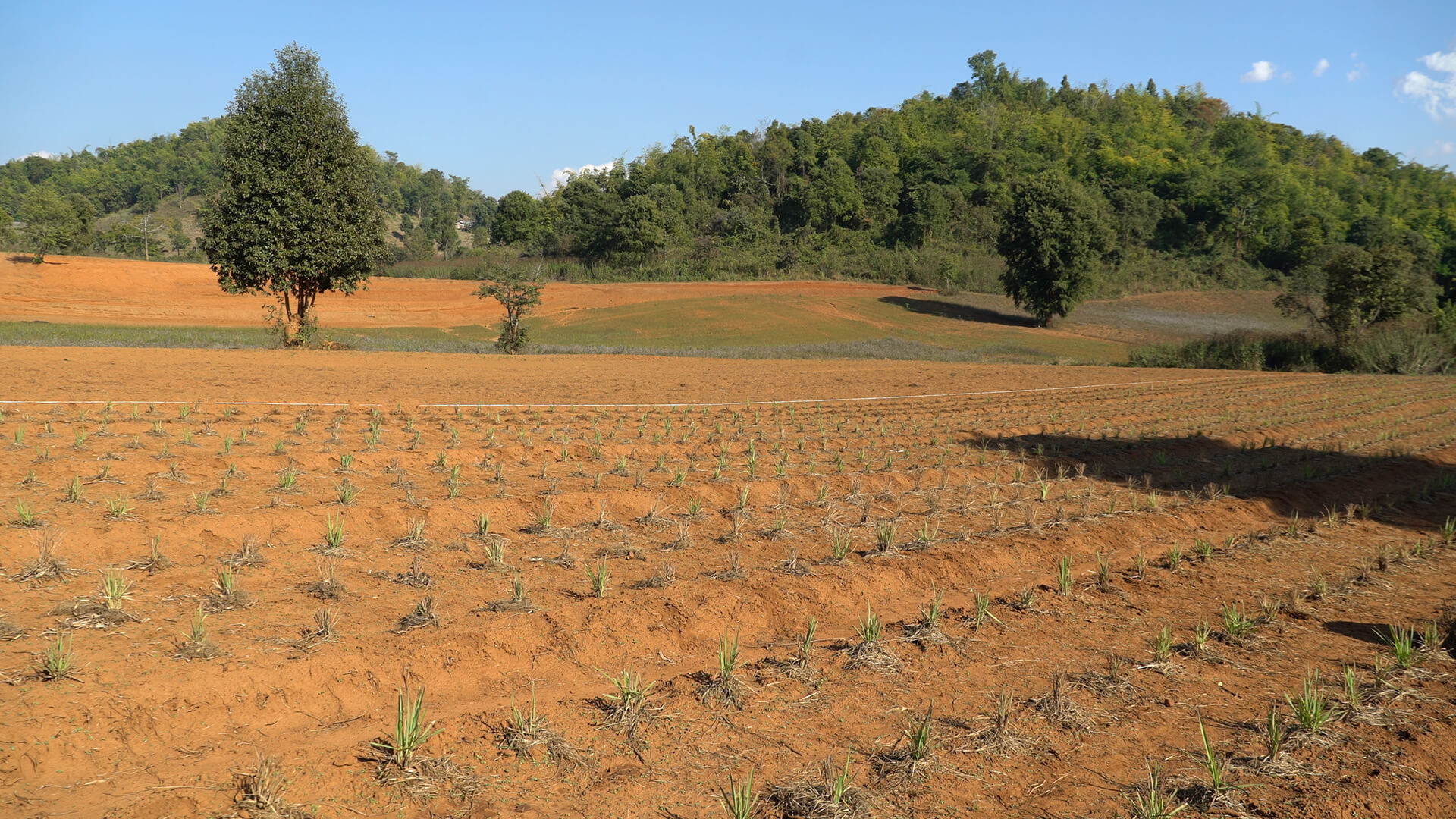
Headache Number 1: Pest
Master Chang Lo arrived at the Naung Mon Eco-Farm in 2015 for the first time in Dharma Master Hsin Tao's attache, and took over the farm’s operations soon thereafter. Master Chang Lo had been a novice to farming, and he matured as a farmer over the past few years by growing together with the Naung Mon Eco-Farm through challenges and hardship. “As someone with just a little nominal knowledge limited to elementary gardening, I had no idea what I was in for when I was entrusted with the task… and what hit me head-on first was the pest issue. There were simply bugs, bug, and more bugs. Literally bugs everywhere.”
Farmers nearby were growing corns and using tons of pesticide, resulting in armies of bugs fleeing from their land to ‘occupy’ our lot where no pesticide was ever allowed. The task force leader was cornered and grew increasingly frustrated and threw up his arms in protest with the comment that ‘the bugs are in paradise on our land where ecological farming forbids pesticides’. Master Chang Lo, on the other hand, did not have the luxury of not doing anything about it, and started the search for solutions by checking references for help both on- and off-line. Thanks to a voluntary online community with experts from all relevant walks of life in Taiwan, questions got answered and solutions offered. Master Chang Lo remains grateful for his learning curve there, “as the virtual discussion group was generous with their time and patience, and experiences accumulated over time to help us calibrate ways we run the eco-farm. A case in point is that we no longer grow vegetables and fruits, where the bugs win out almost always.”
Inca Inchi (Inca nuts), vetiver, and lemongrass are presently the primary crops grown at the Naung Mon Eco-Farm. Vetiver had been grown when the farm first started, because its roots reach deep through the soil to grab a hold of the ground below. As such it is a big plus for land preservation besides being a high-yield crop for its economic value. Master Chang Lo has thus expanded the land area to grow more lavendar for strategic plantation. Lemongrass, on the other hand, is another major crop that has been around on the farm from early on. It emits a strong fragrance that repels bugs and valuable oil of essence can be abstracted from the harvest, Master Chang Lo also adopted the policy for expansion. Inca Inchi, or Inca nut, has been dubbed ‘the perfect fruit’ by experts in the West in recent years and it enjoys good opportunities of becoming yet another star attraction of the Naung Mon Eco-Farm.
“It is hoped that the Farm can become capable of cultivating seeds needed for the farming,” so that the entire process and workflow from seeding, planting and growing, until harvesting and processing, over to packaging and sales can all be handled in-house. Not to monopolize the produce from A to Z, but to ensure that the entire procedure remains strictly environment friendly, and that the consumers receive product and services they find trustworthy.
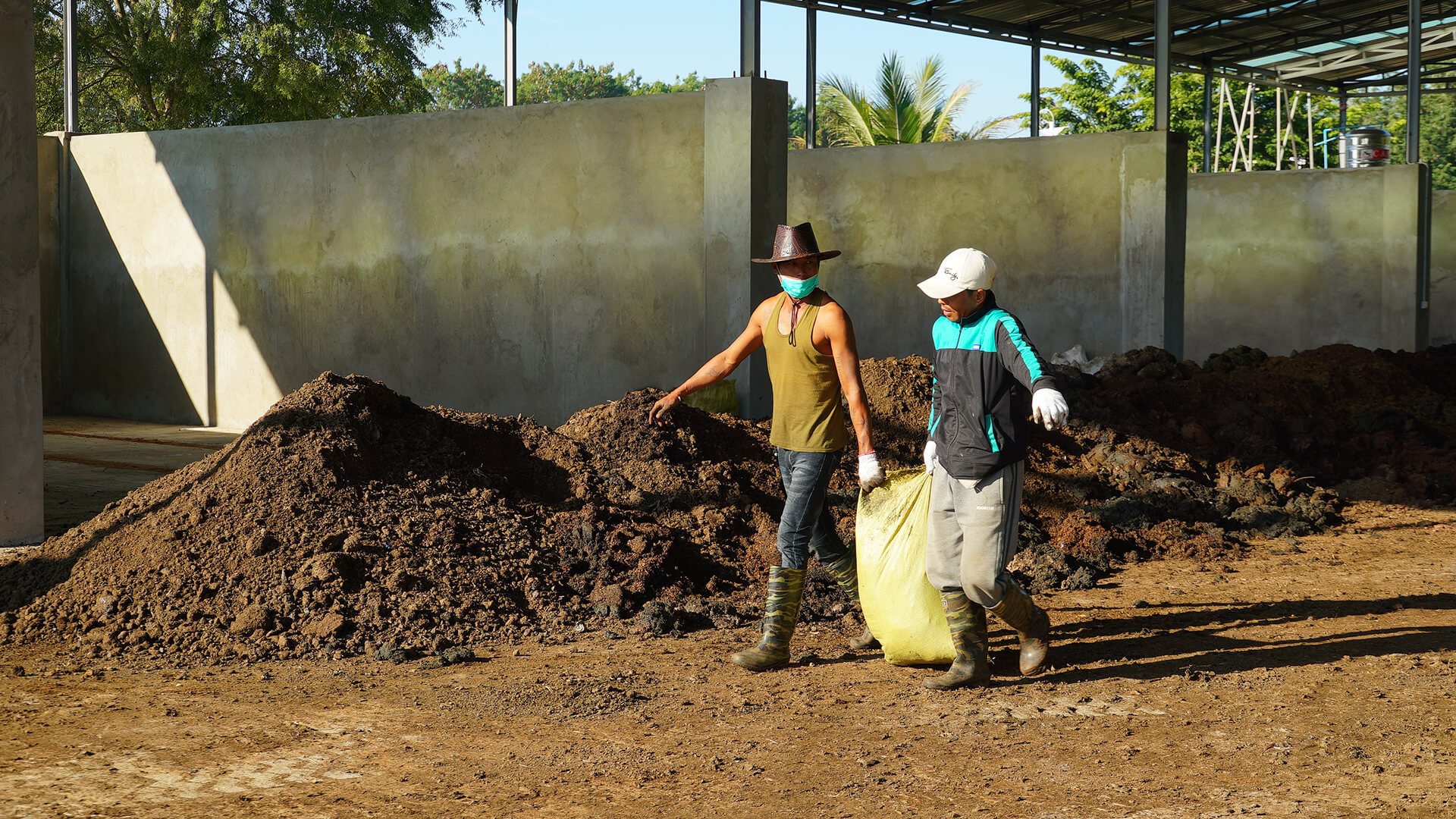
Key Fundamental Engineering - Nurturing the Land
To qualify as an ecosystem and for an eco-farm, the condition of the top soil of the ground constitutes an important index thereof. The Naung Mon farm thus accordingly created its own composting field, with the mission accomplished in January 2019. Experts from Taiwan were at hand for hands-on to make fungi-based fertilizer.
The Naung Mon farm is situated to the northeastern Myanmar at Lashiou, with the Chinese province of Yunnan bordering to its east. Geologically the region is an extension of the Yunnan High Plateau, rendering the region to be of a Karst topography formed by limestone, dolomite, and gypsum, and consequently not fit for farming at all.
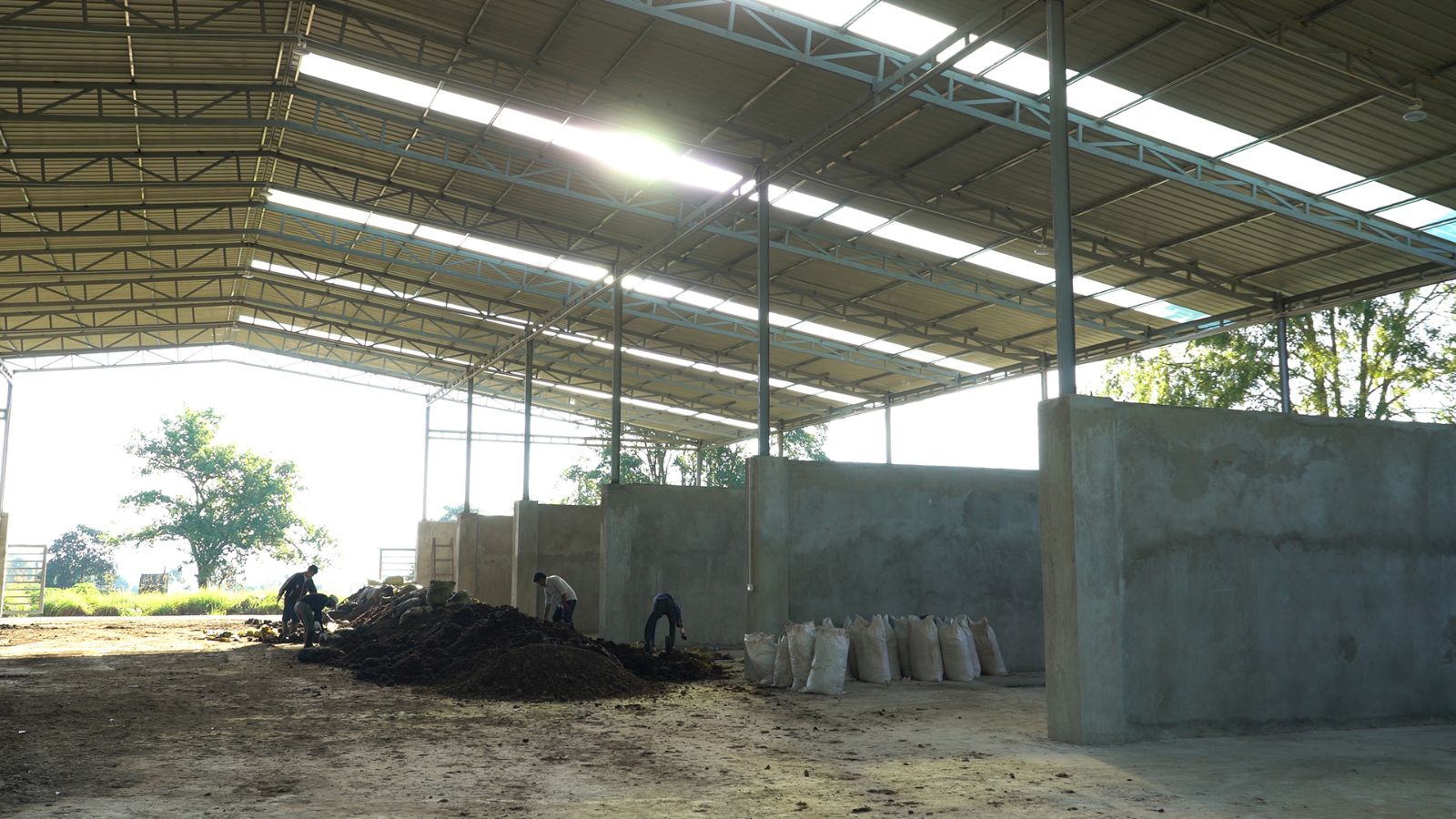
To pledge commitment to gain farmland from the wilderness basically requires that one start from scratch in most cases. And faced with the given set of reality at Naung Mon, one could but get started with the patience-demanding ‘land nurturing’. Master Chang Lo stressed that the three years 2019 - 2021 will prove critical when it comes to ‘land-nurturing’. Due to the simple fact that the farm sits on a Karst topography and the land is practically baren, with sand and limestone not much further down beneath the top soil. What we can dig up from the hills at the back of the farm to compensate, however, is almost all zero-breathability clay that lacks in organic substance. Under such circumstances, we could but prioritize the improvement of our soil condition. Soil thus ‘nurtured’ via the composting field will be regularly mixed with the farm’s original top soil to improve the overall immunity, fertility, surface depths, and breathability. It goes without saying that the soil is the fundament of agriculture and plantation. “Farming is half as demanding on improved soil, but twice as challenging if otherwise.”
Eco-farming is what the Naung Mon farm is after. To qualify as an eco-farm certifications would be a prerequisite. Relevant certifications abound, but the key is the capability of striking an ecological balance as a core competence. Master Chang Lo pointed out that the Naung Mon Farm strives to reach an ecological balance as a role model for that part of the world. “Wouldn’t it be awesome to turn the place into an eco park and lure back the many small animals (that used to be around). What made us really happy last year in 2018 was that we saw a lot of red dragonflies, frogs, crabs, and a lot of wild bees as well. And at dusk we would see schools of eagles soaring above … they were all signs for the fact that our lot is gradually becoming wholesome. And once a wholesome ecosystem is there, a biological balance comes about to display the merit of balance, meaning that there is no longer any need for chemical fertilizers and pesticides that harm the land, the people and the animals.
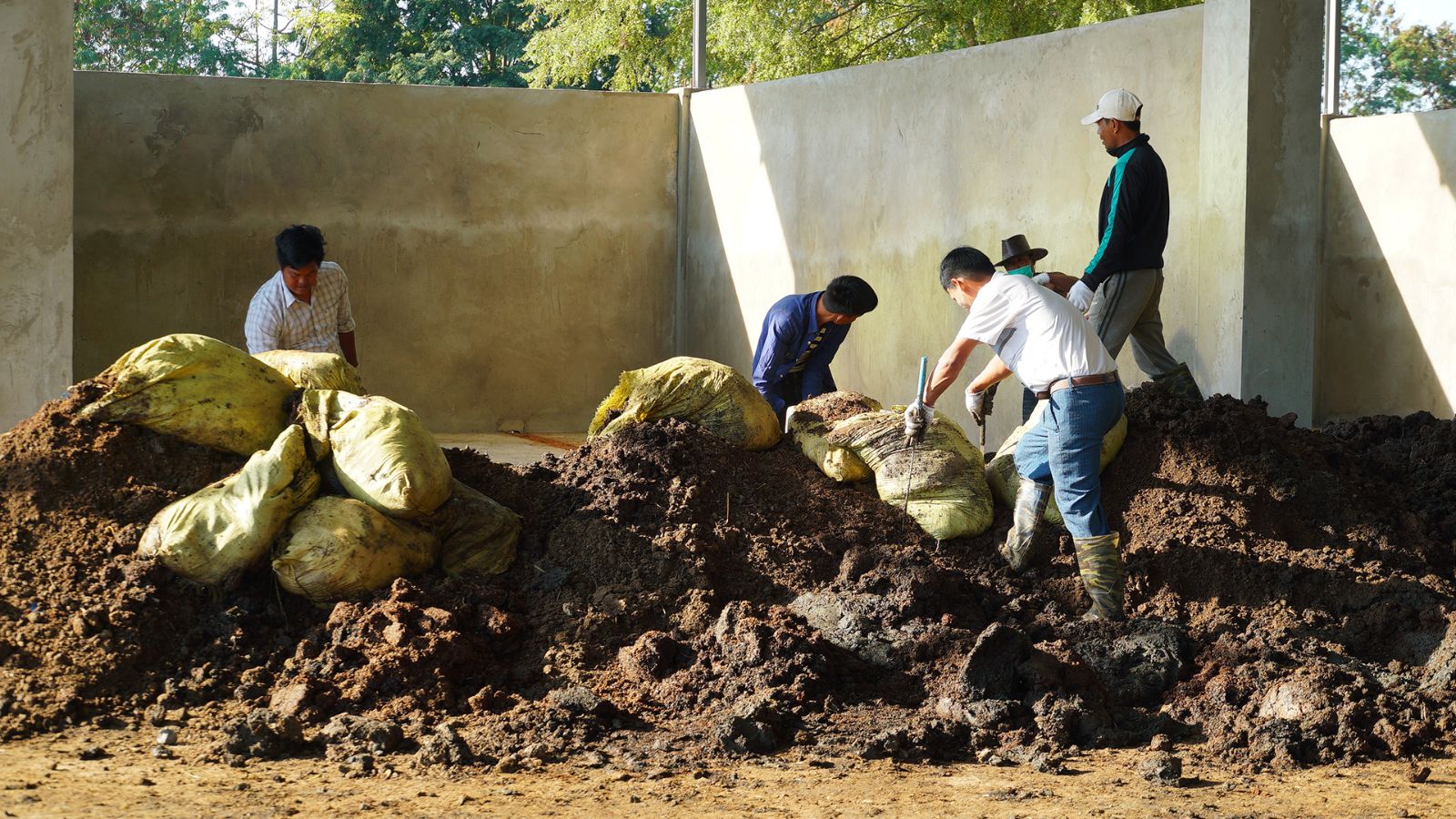
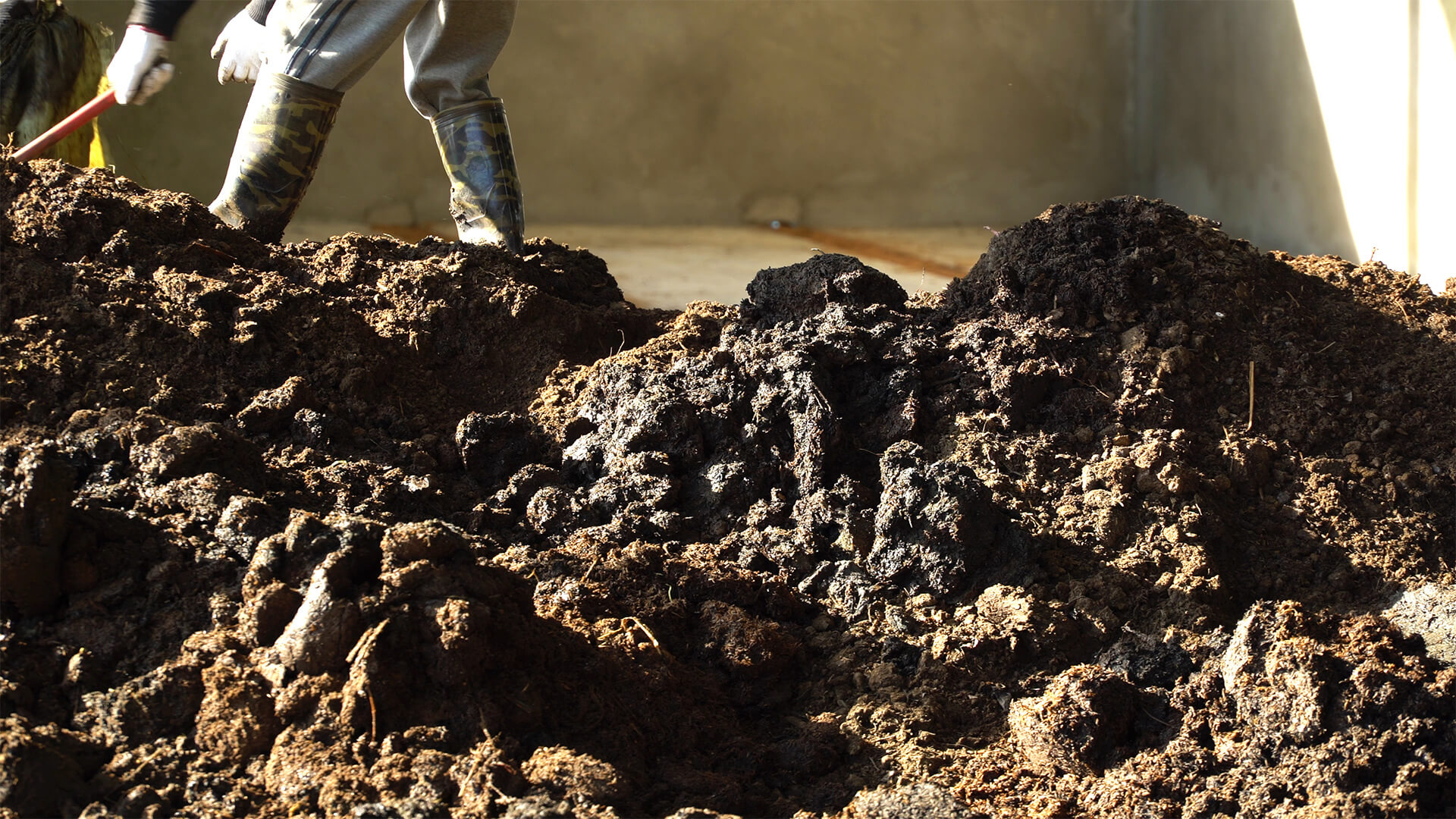
The Use of Micro Bacteria-based Bio-Fertilizers
What the compost field of the Naung Mon Farm churns out is primarily micro bacteria-based bio fertilizer. But what is that? Master Chang Lo cites the example of probiotics used to improve intestinal health, in that the ‘micro bacteria-based bio fertilizer’ is probiotics for the soil, and it is a cutting-edge technology imported from Taiwan,which is generally referred to as the ‘decomposed bacteria method’. There is a strict SOP for formula and workflow that governs the production procedure of the micro bacteria-based bio fertilizer. “There are eight types of bacteria in the formula that help to impact the soil positively, e.g. Bacillus subtilis, Trichoderma, etc., that not only enhance the soil’s anti-biotic strengths and immunity, but quite helpful in reducing and curbing pest.”
The ‘decomposed bacteria method’ allows the addition of ingredients such as gluten and brown sugar to ‘wake up’ the bacteria and get them ready for the mesh up with proportionate cow dung and chicken dung prior to further fermentations. Compost so gained requires to be ‘turned’ and remixed once every week for five weeks in total. The temperature gradually increases to fifty, then seventy, degrees Celsius before dropping back down to 30 degrees Celsius again when reaching the ‘ready for use’ stage. The compost will then be mixed with the farm’s original soil, and the soil so improved will then be ready to ‘come into service’ for growing crops.
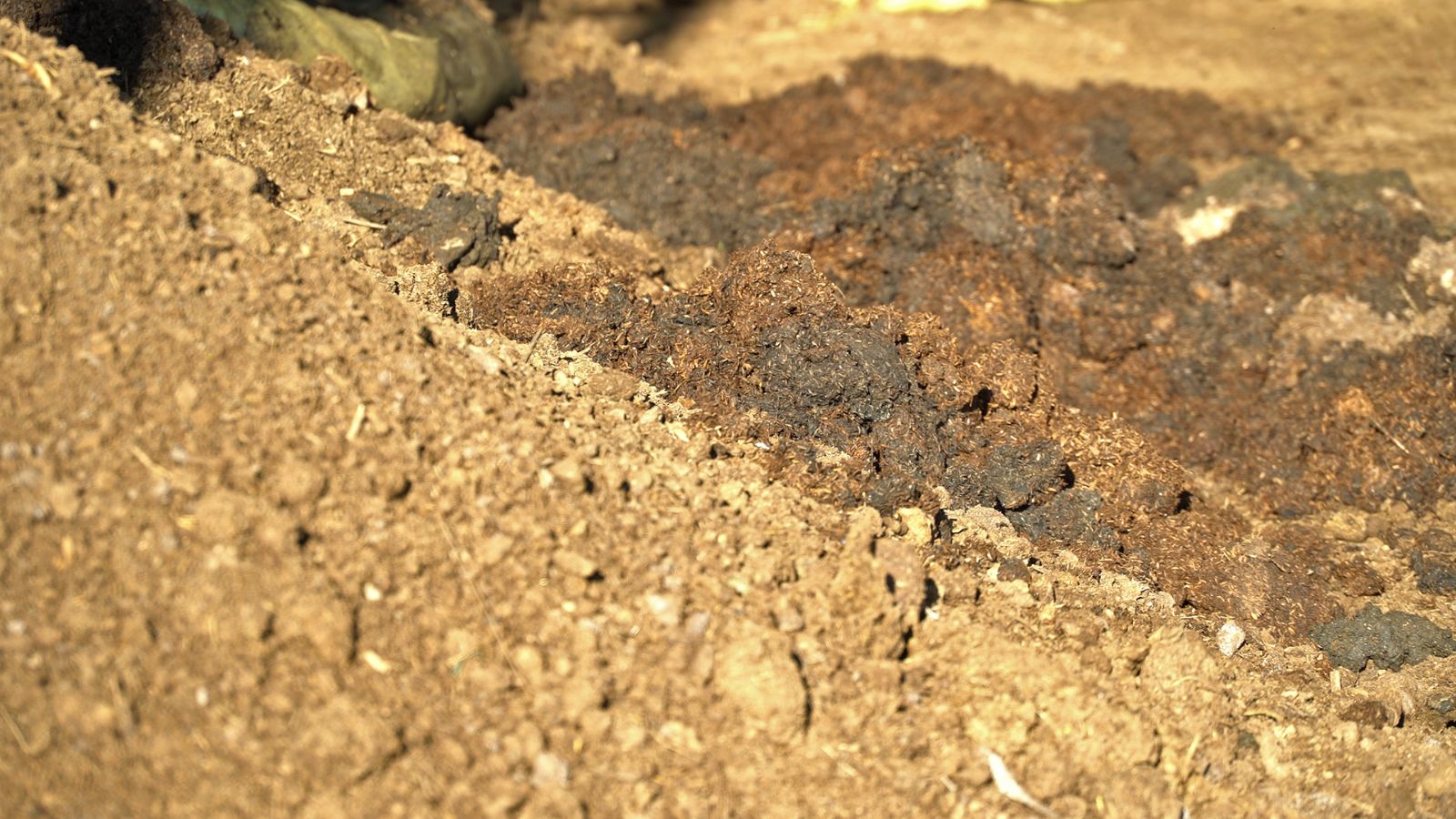
Why use cow dung and chicken dung? “Because cows are grass fed and its dung contains a high percentage of fibre, with an NPK content much lower than that in chicken and pig dungs. Chickens, on the other hand, consume grains and feed and their intestines are rather short, allowing only about 30% of the food intake to be properly digested for absorption. Chicken dung is therefore highly nutritious with 25.5% as high concentration of organics and trace minerals of nitrogen, phosphoric acid, potassium, calcium, etc., that are all good for the soil.”
Future use of the micro fungi-based bio fertilizers will not be limited to the improvement of soil quality, but to the cleansing of water, as the increasing scarcity of water for consumption will eventually become a global issue that demands long-term solution. The case in point is that there are a total of more than fiver hundred people living on the premises of the Naung Mon Farm and the School for Sramanas. What to do with the excreta? Suppose we transplant the bacteria-based knowhow for relevant use, the ‘waste’ will no longer be any waste any more.
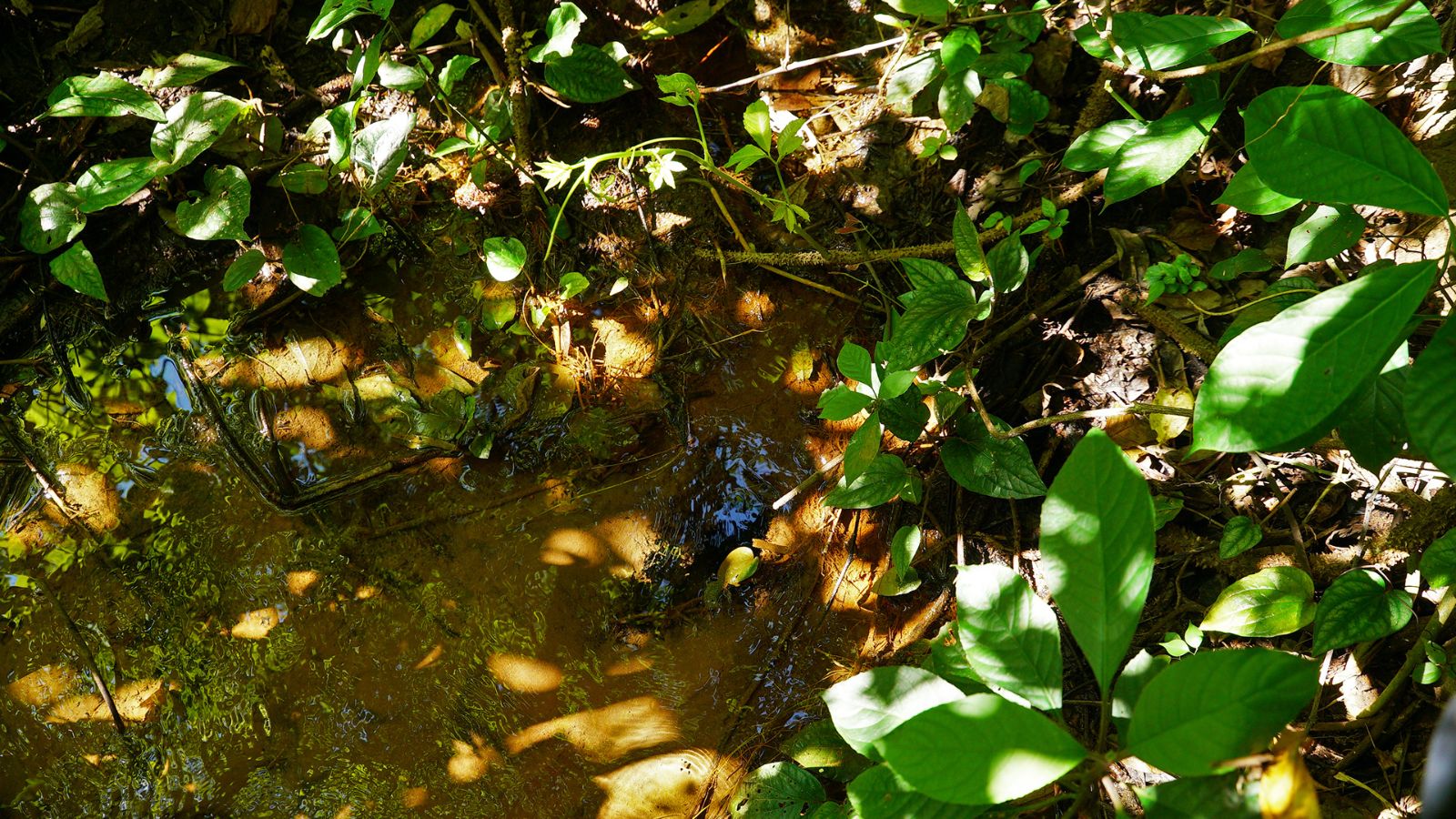
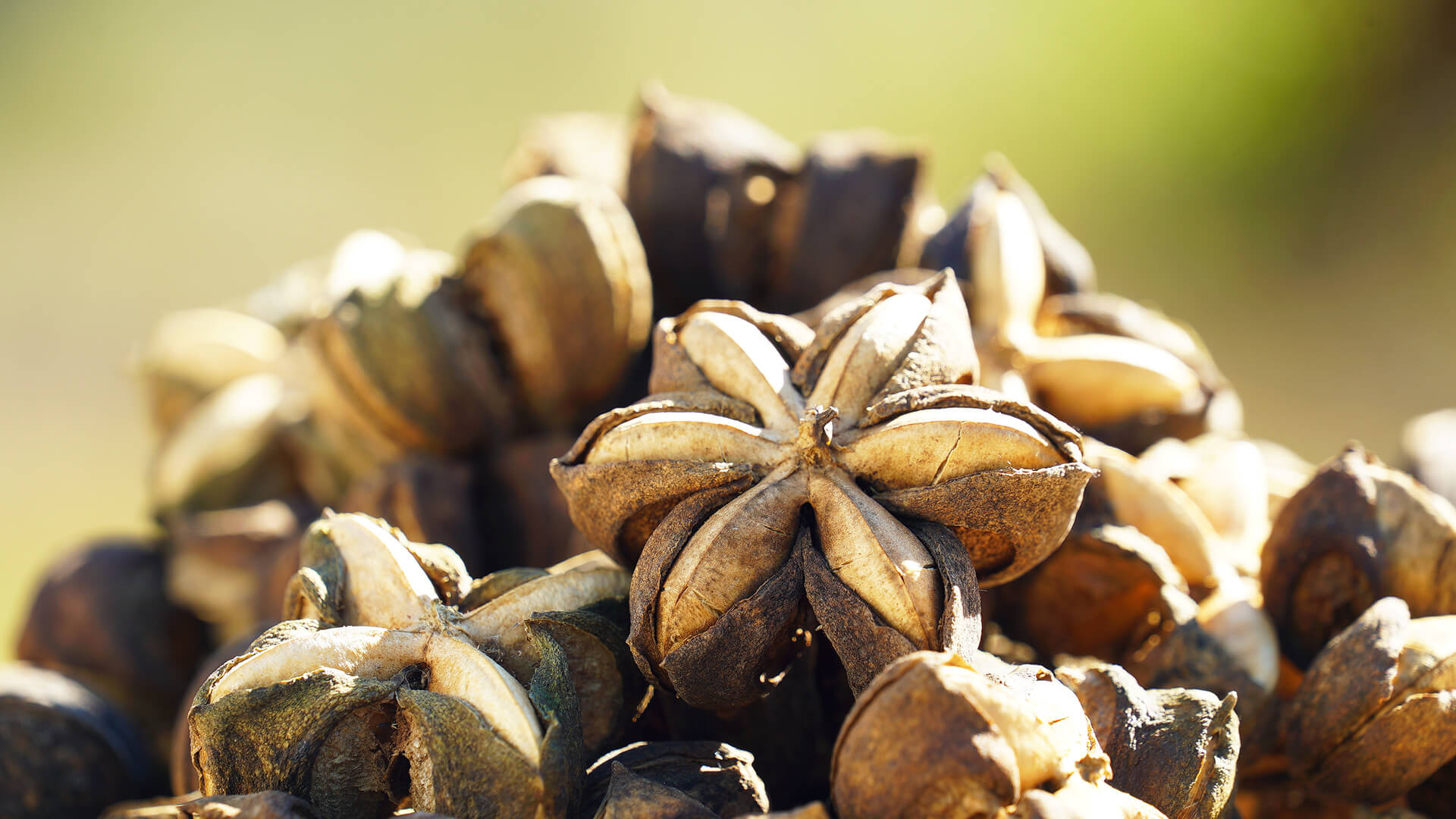
Inca Inchi - the Botanical Gold for Brains
Inca Inchi, or Inca nut, is a magical plant one simply has to know about. This green ‘Stary Fruit’ is also known as ‘the American rattan fruit’, and often dubbed ‘the perfect plant’. It made the list of ‘Super Food 2017’, but its reputation traces back to the Inca aboriginees alongside the Amazon river more than 3 millennia ago. The entire plant of ‘Inca Inchi’ is either edible and/or useful. It is both highly nitritious and highly effective for cosmetic application.
The Inca nut is a woody perennial plant of the rattan family with vine oil. Statistics show that Inca nut oil is extraordinarily good for regulating blood lipid and preventing cardiovascular disease, as well as for skincare in anti-aging.
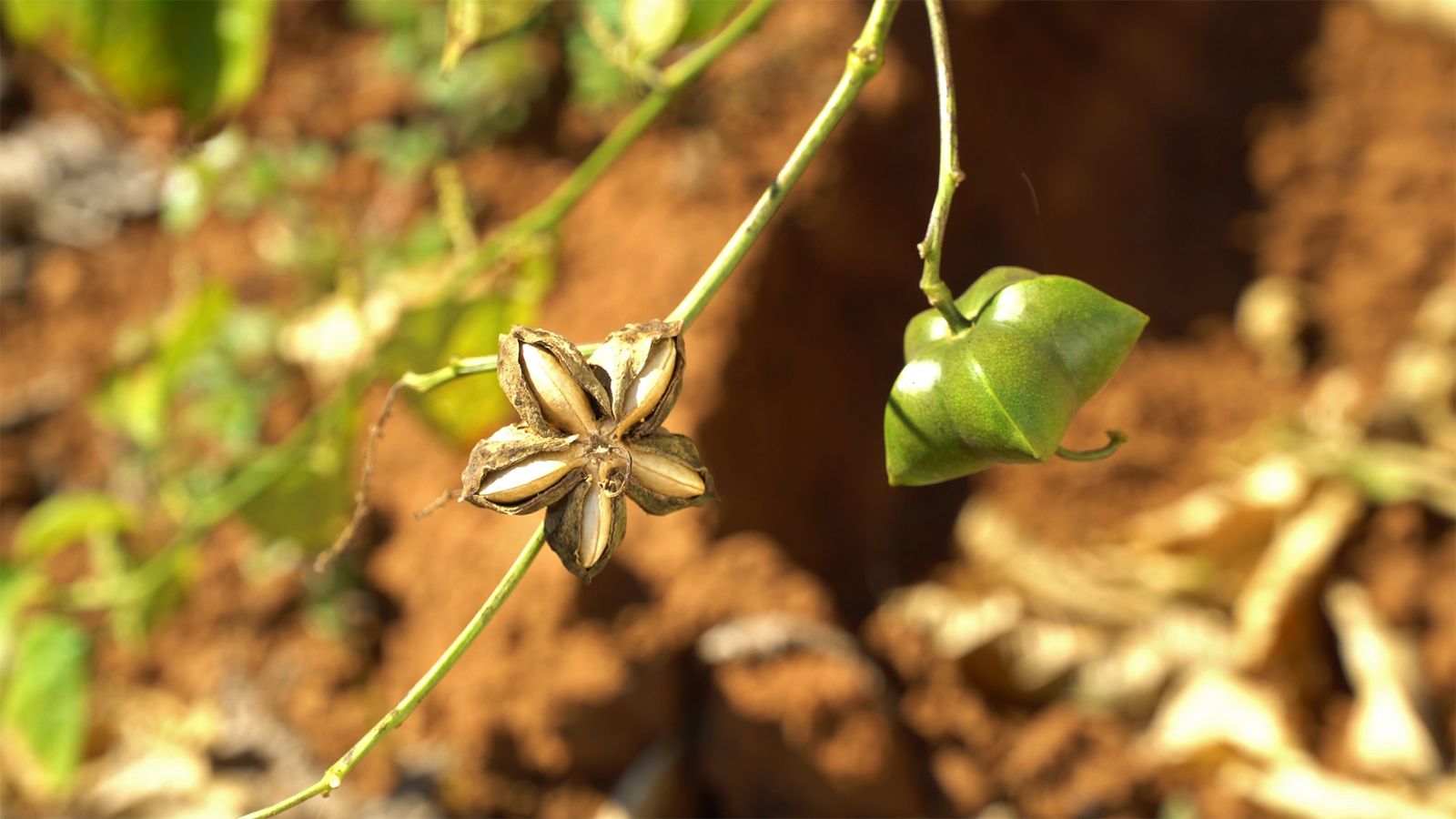 Abstracts from the plant’s leaves can be used as a key ingredient in the making of soaps with great efficacy for skin diseases, whereas the oil pressed from its fruit contains a high concentration at 93.71% of poly-unsaturated fatty acids like Omega 3/6/9 that are necessary nutrients for our body but cannot be synthesized by ourselves. As such it tops all other plant oils and have proven to be particularly effective in repairing and restoring brain nerve cells, hence the term ‘the botanical gold for brains’. It contains 12 times as much Omega 3 as deep water fish oil and has earned itself the nickname of ‘deep water fish oil on land’ and therefore particularly fit for use by vegetarians.
Abstracts from the plant’s leaves can be used as a key ingredient in the making of soaps with great efficacy for skin diseases, whereas the oil pressed from its fruit contains a high concentration at 93.71% of poly-unsaturated fatty acids like Omega 3/6/9 that are necessary nutrients for our body but cannot be synthesized by ourselves. As such it tops all other plant oils and have proven to be particularly effective in repairing and restoring brain nerve cells, hence the term ‘the botanical gold for brains’. It contains 12 times as much Omega 3 as deep water fish oil and has earned itself the nickname of ‘deep water fish oil on land’ and therefore particularly fit for use by vegetarians.
The Inca nut oil belongs as just a few others to the group of water-soluable plant oil with multiple trace elements and outstanding permeability. Such properties render it fit to join the ranks of top choice for ingredient applied for deep moisturizer by leading international cosmetics firms. Furthermore, it contains no Erucic acid nor any other toxic and can be widely applied to products across industries that span foods, health supplement, pharmaceuticals, and cosmetics. The Inca nut, therefore, has become recognized the world over as the best available plant oil and the most valuable ingredient for healthcare and cosmetics. It was duly awarded the unchallenged gold medal at the Paris World Expo in 2007.
The Inca nut stands tall as one of the primary crops of the Naung Mon Farm. We firmly believe that environment-friendly eco-farming is not only good for the ecology, the yield of produce from such farming can only be good for people’s body and mind beyond doubt.